Creating things is Adam Wehsely-Swiczinksky‘s undeniable passion. As a nine year old he had already discovered this interest, that would later act as the basis for defining his future career. As a child, he helped his father build a children’s playground and ever since he has dedicated himself to carpentry and product design. Later in life he developed a fascination for music that led him to design and eventually build his own electric guitar. Adam realized his childhood dream and has succeeded in working on the things he loves the most. Today he goes by many names: he is a carpenter, product designer, instrument maker, and also a musician.Learning on the job, he taught himself the craft of joinery and opened his own workshop. In order to develop his skills further, he undertook a diploma at the University of Applied Arts in Vienna. Subsequently, ‘Tyrolia’ – a company that produces skiing equipment – hired him as head of design in ski binding. However, his desire to become self-employed again returned and eventually he founded aws design team, a studio specializing in musical instruments and medical and sports engineering. Not only is the work of this Viennese gentleman functional, but it is also environmentally conscious.His atelier and music studio are located next to each other in a beautiful courtyard within the second district with his home located only a few steps above. It is here that we visited Adam to find out how he sees a connection between medical, sporting and musical objects.
This portrait was produced in collaboration with the creative center of the Vienna Business Agency.
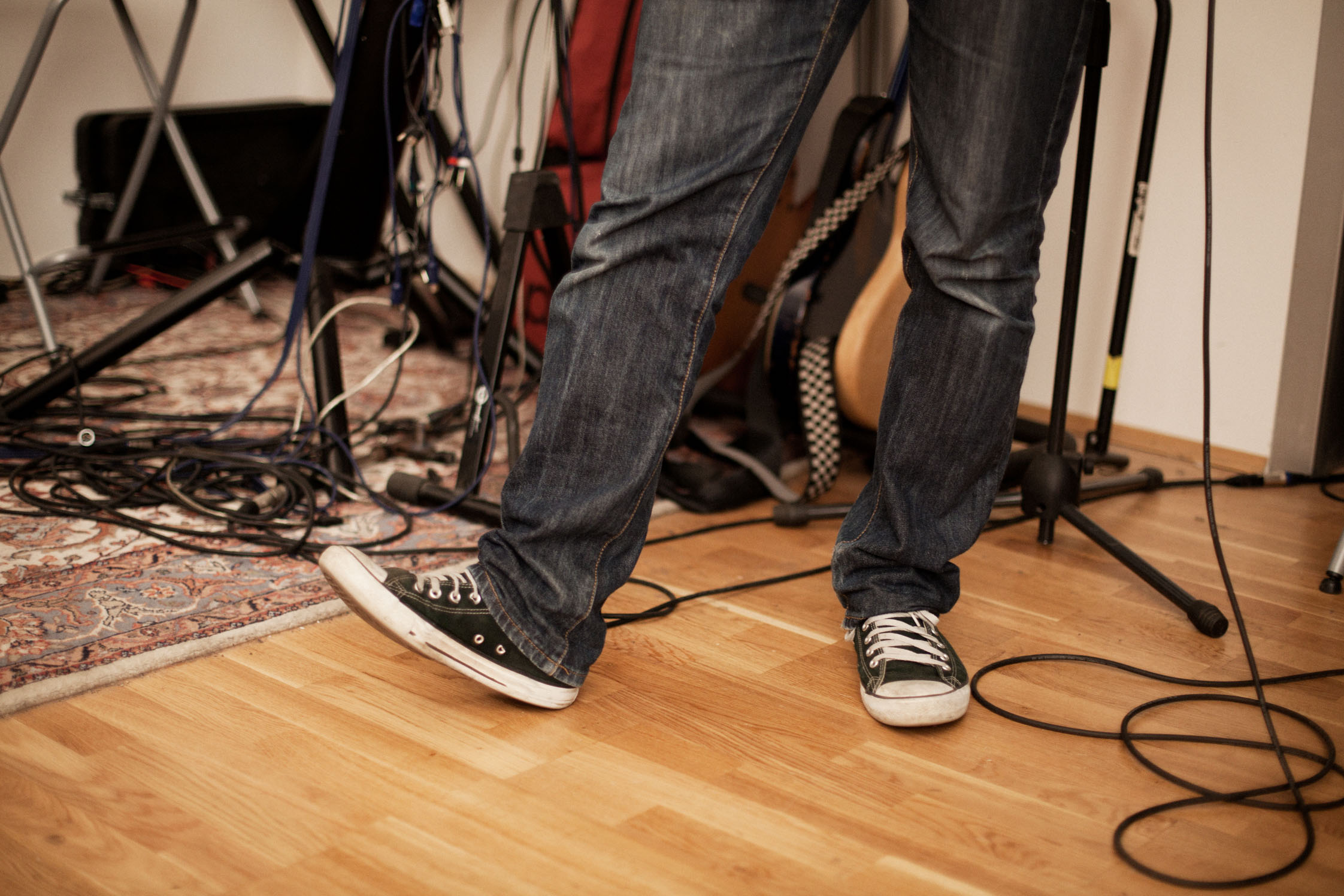
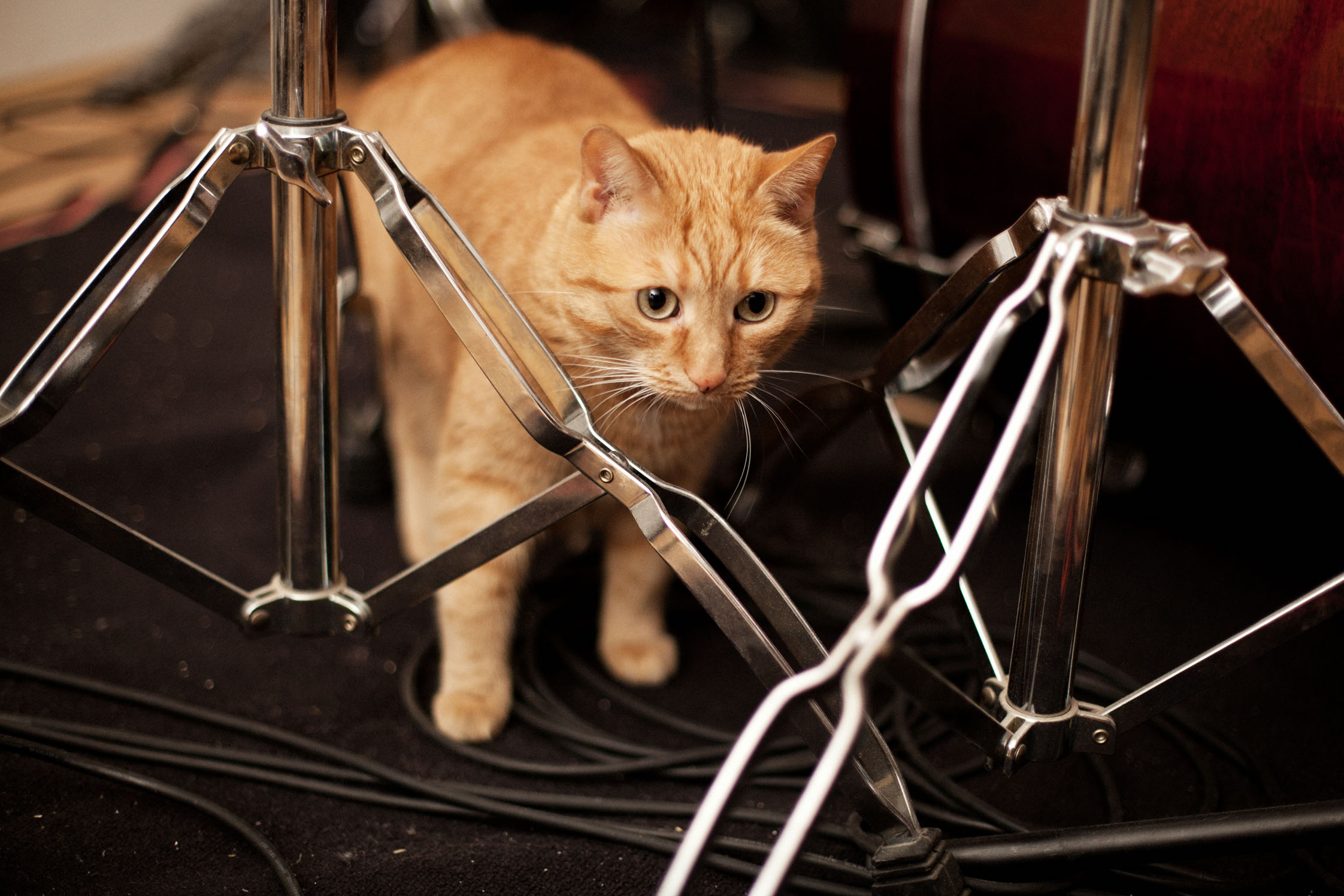
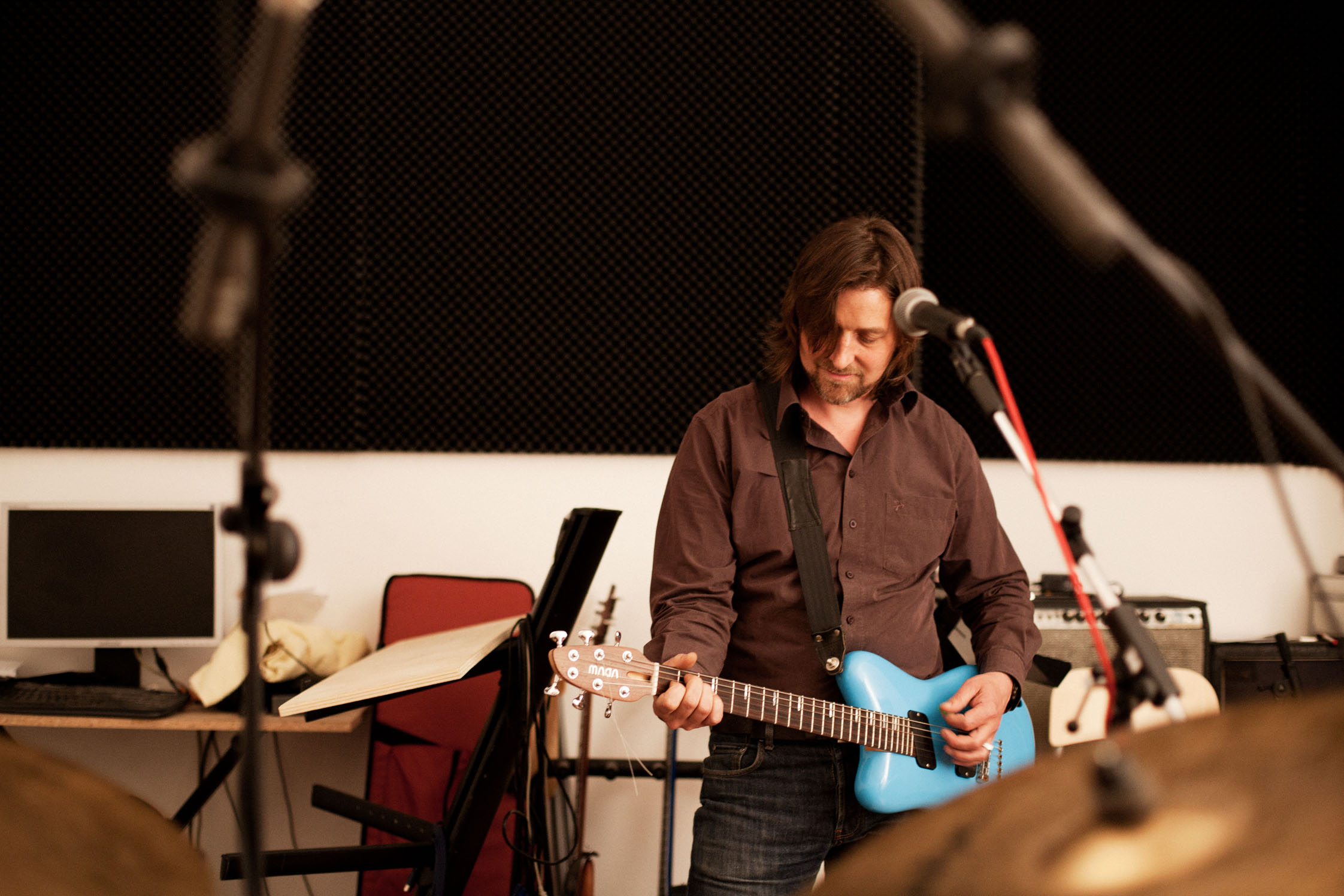
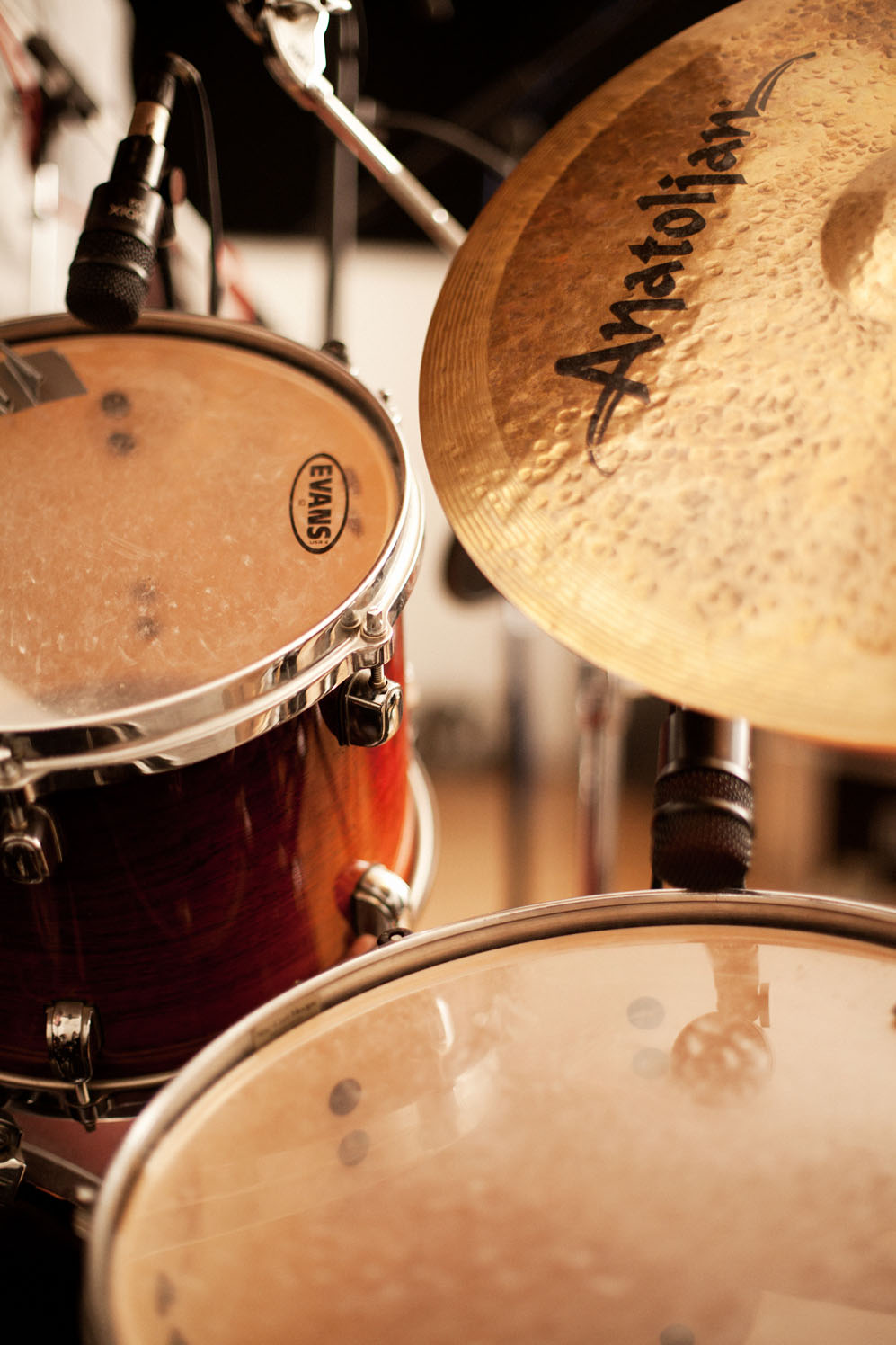
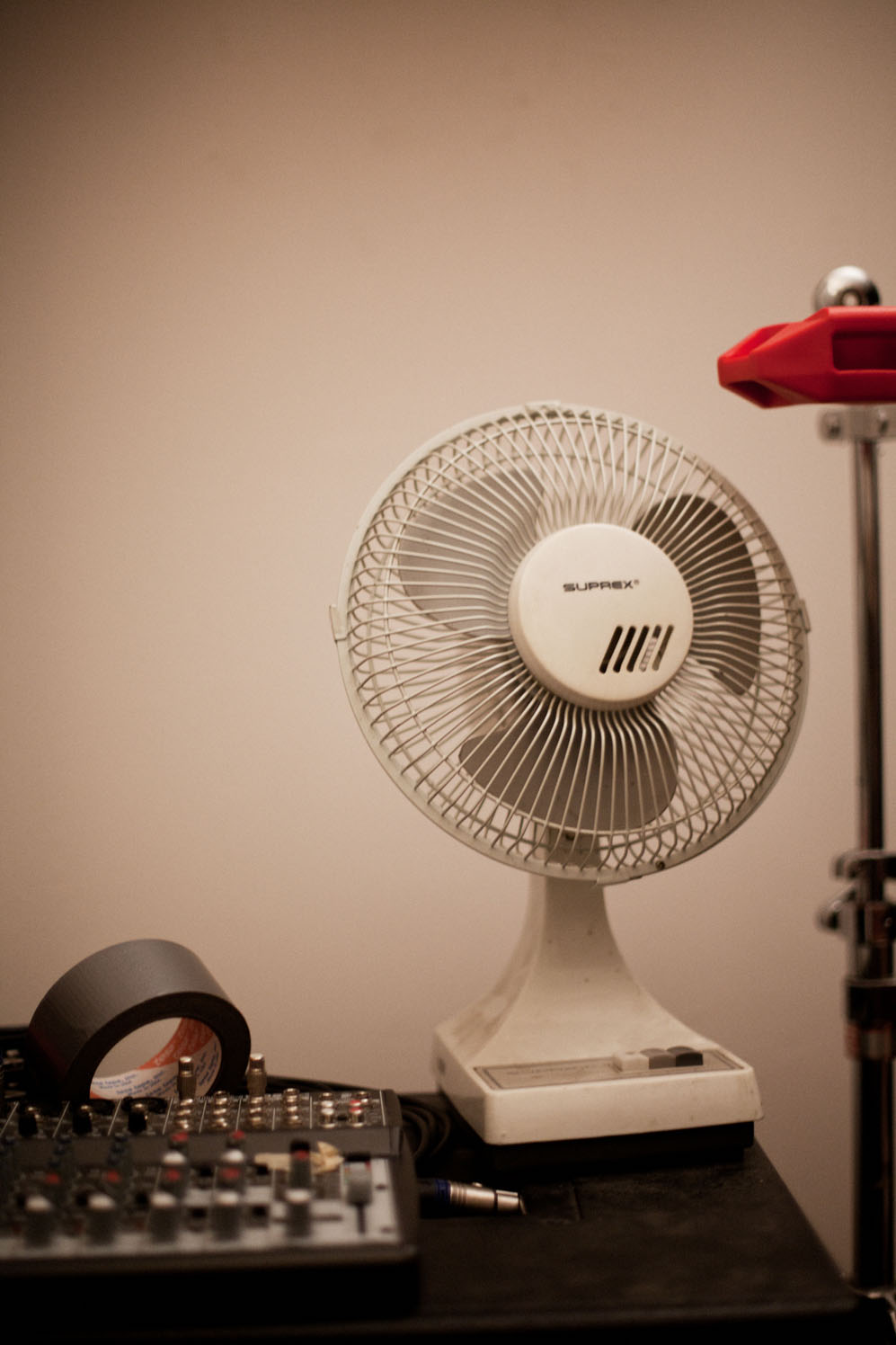
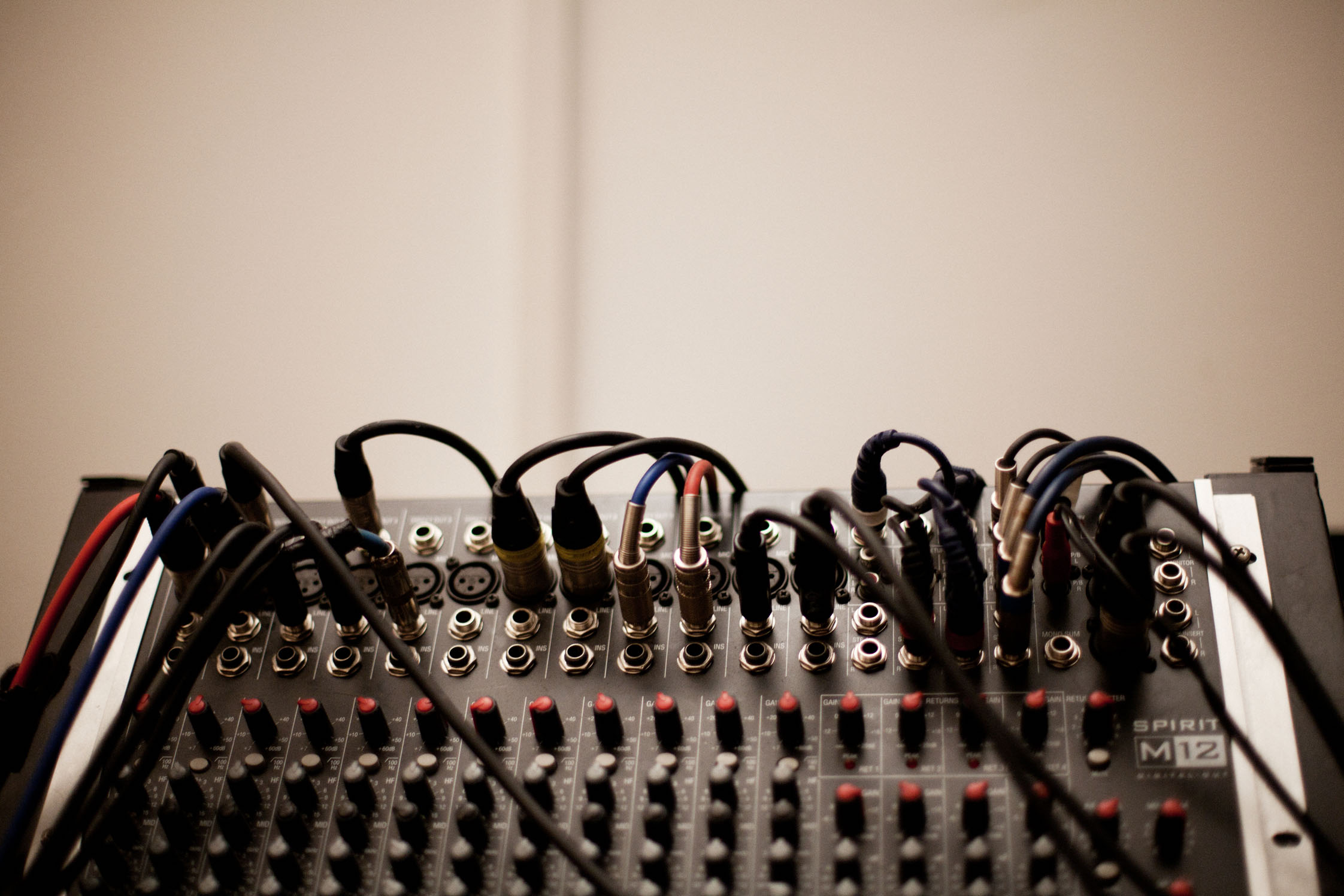
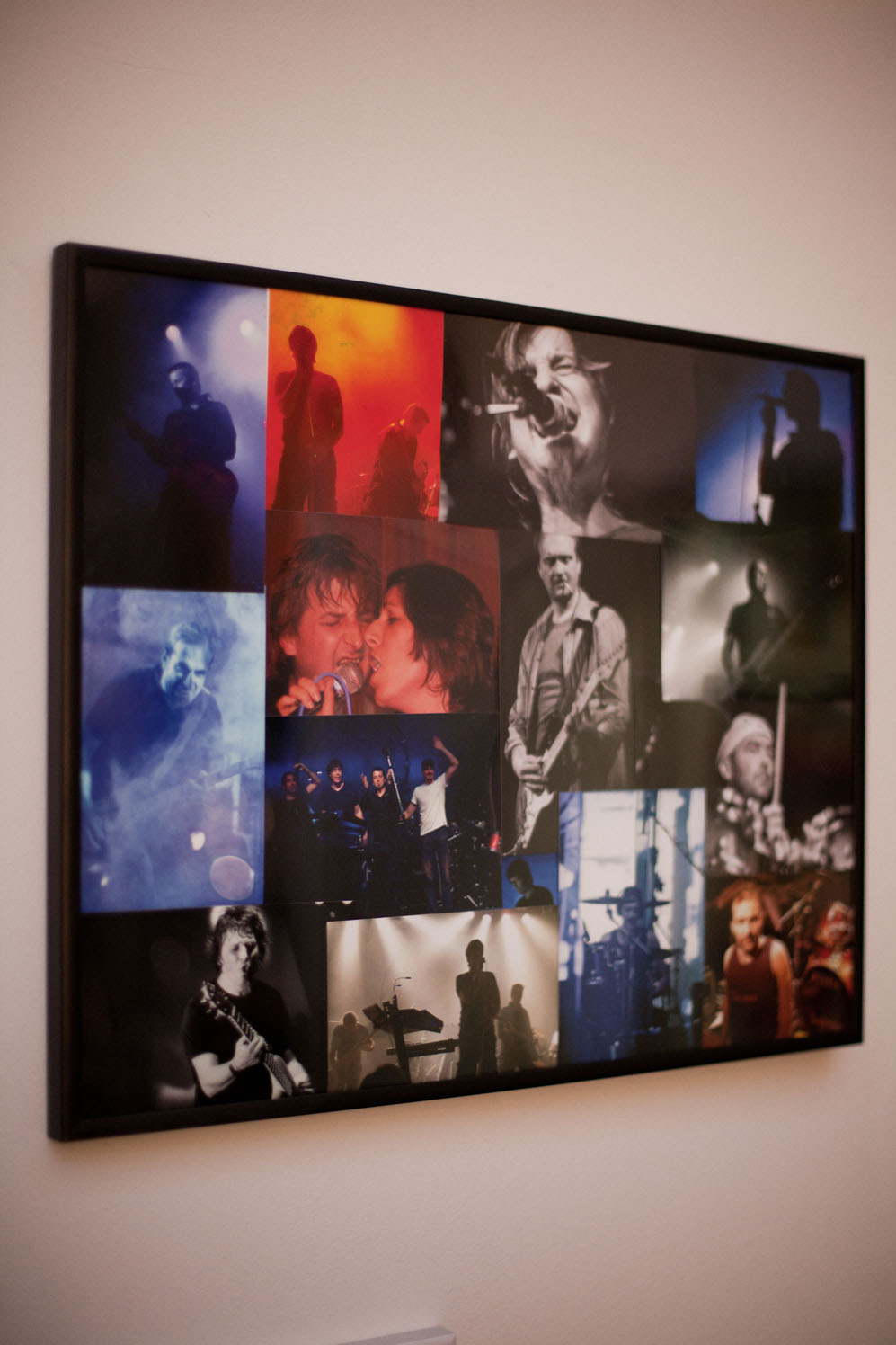
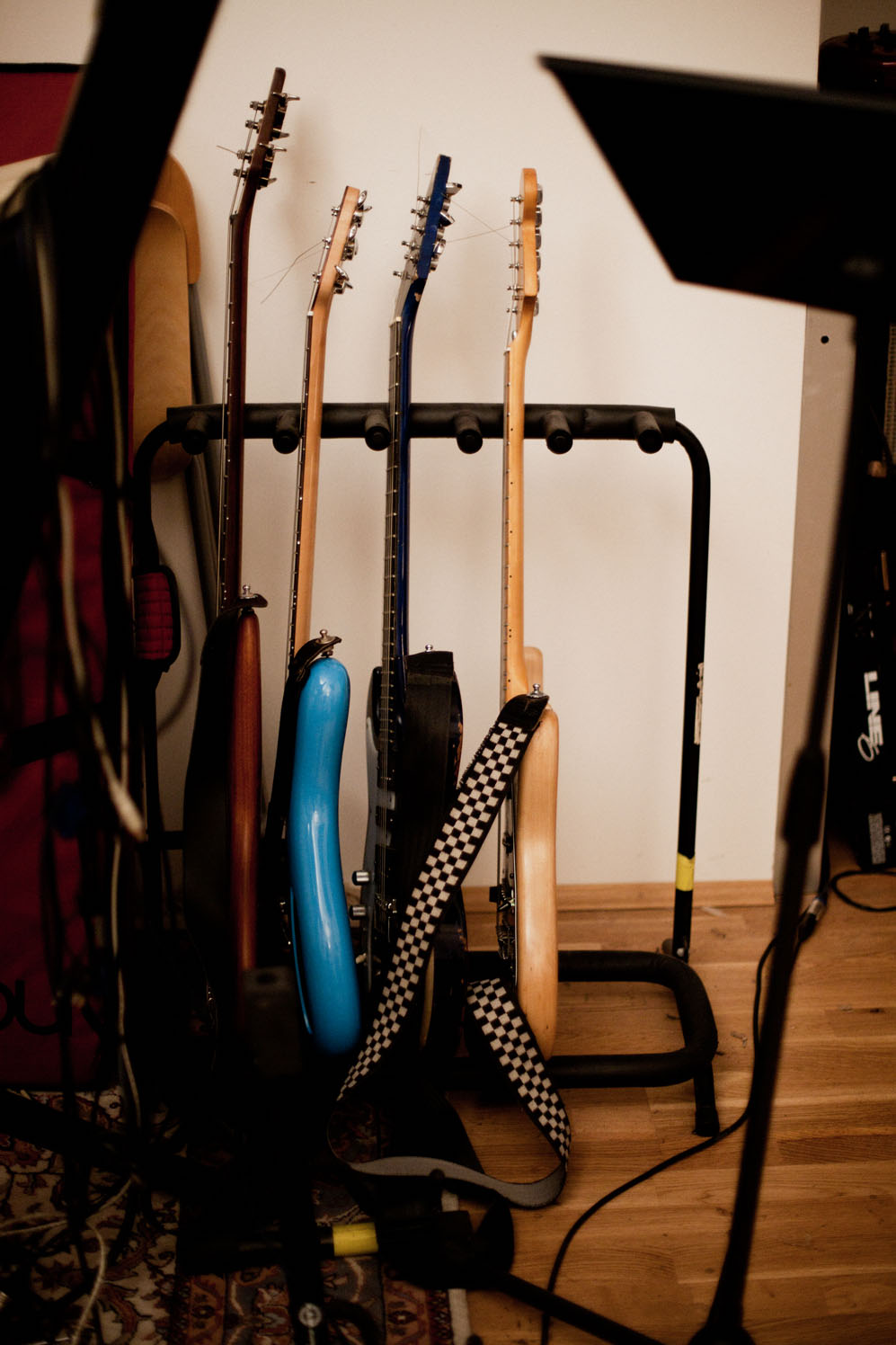
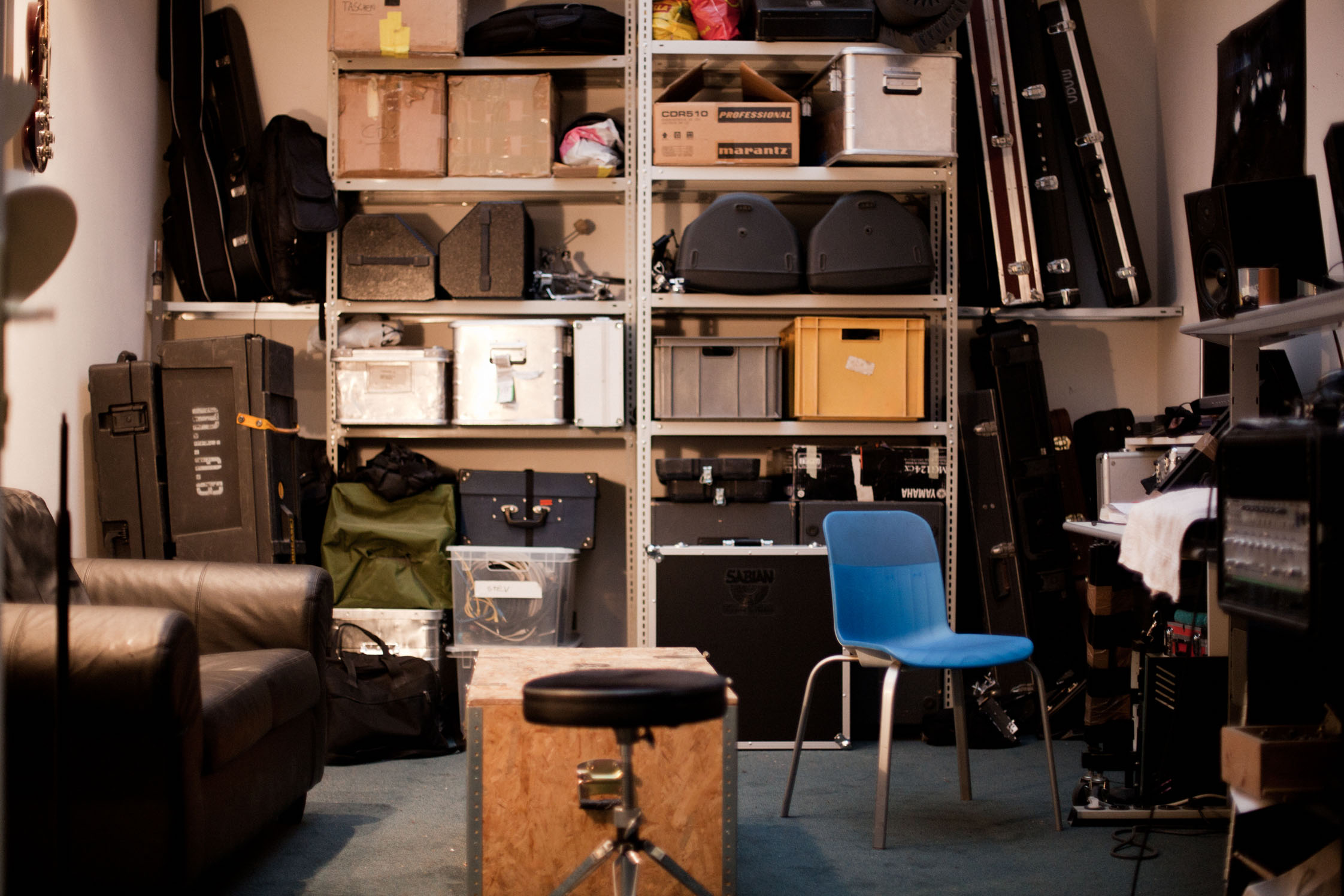
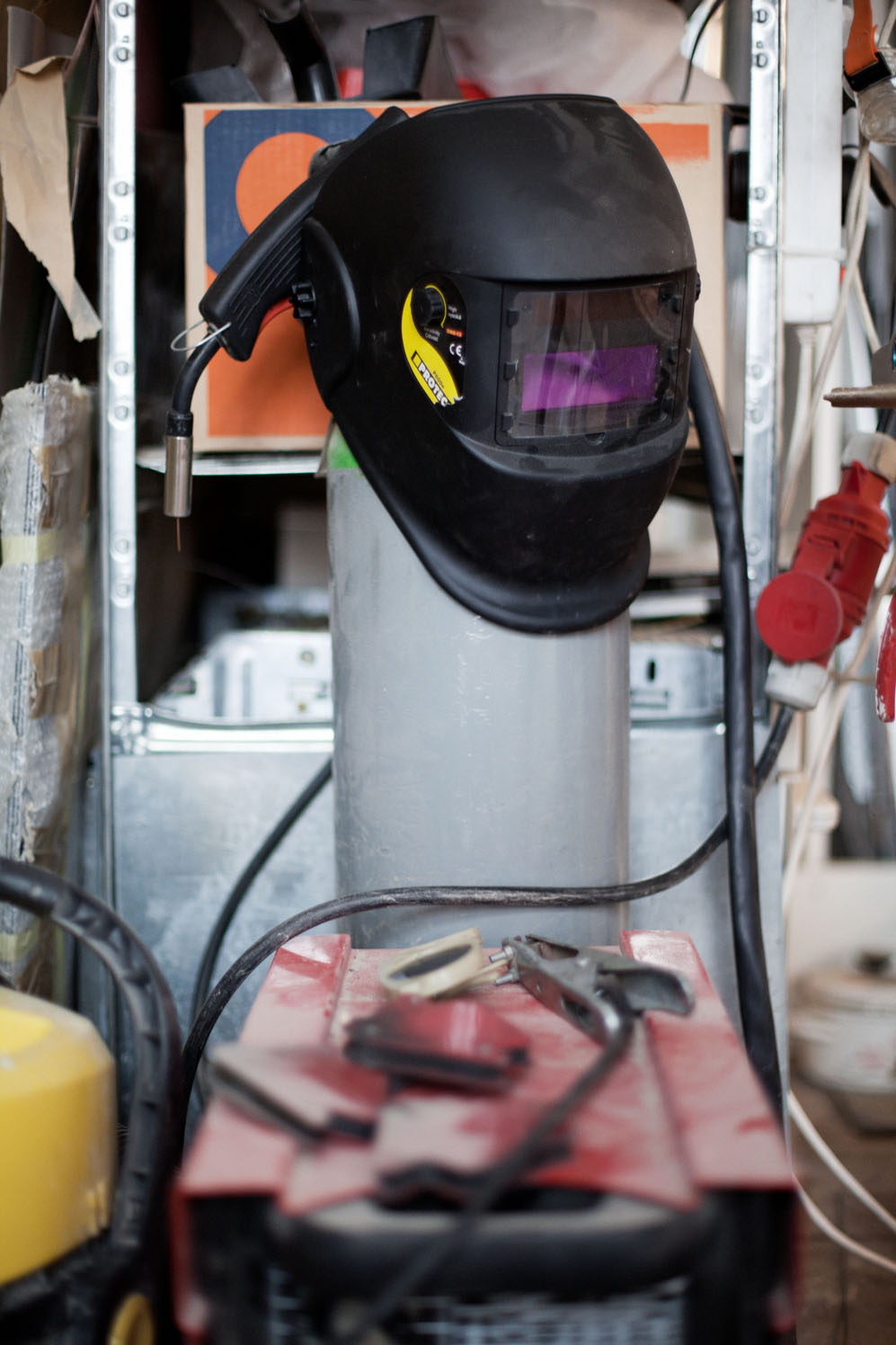
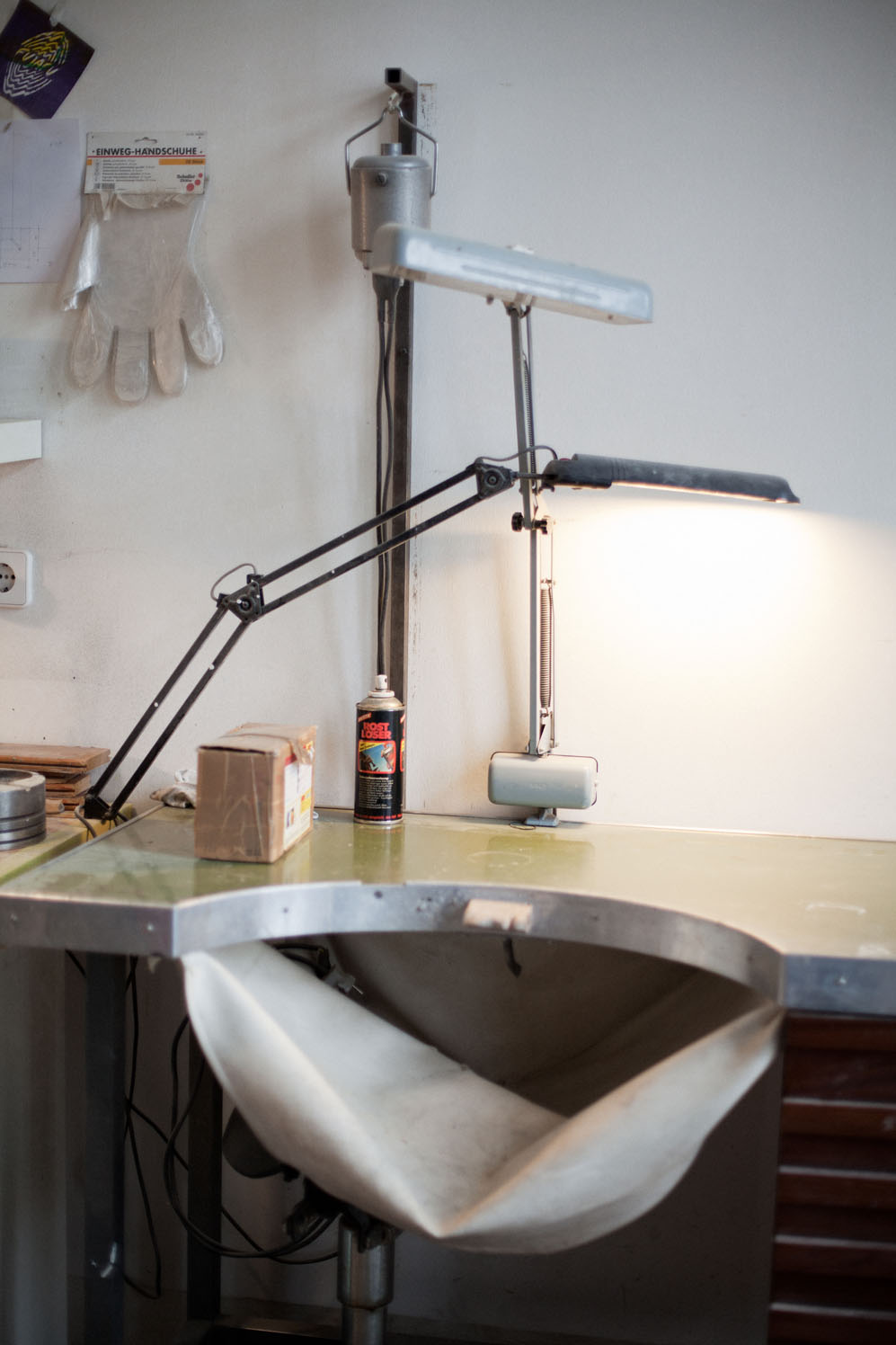
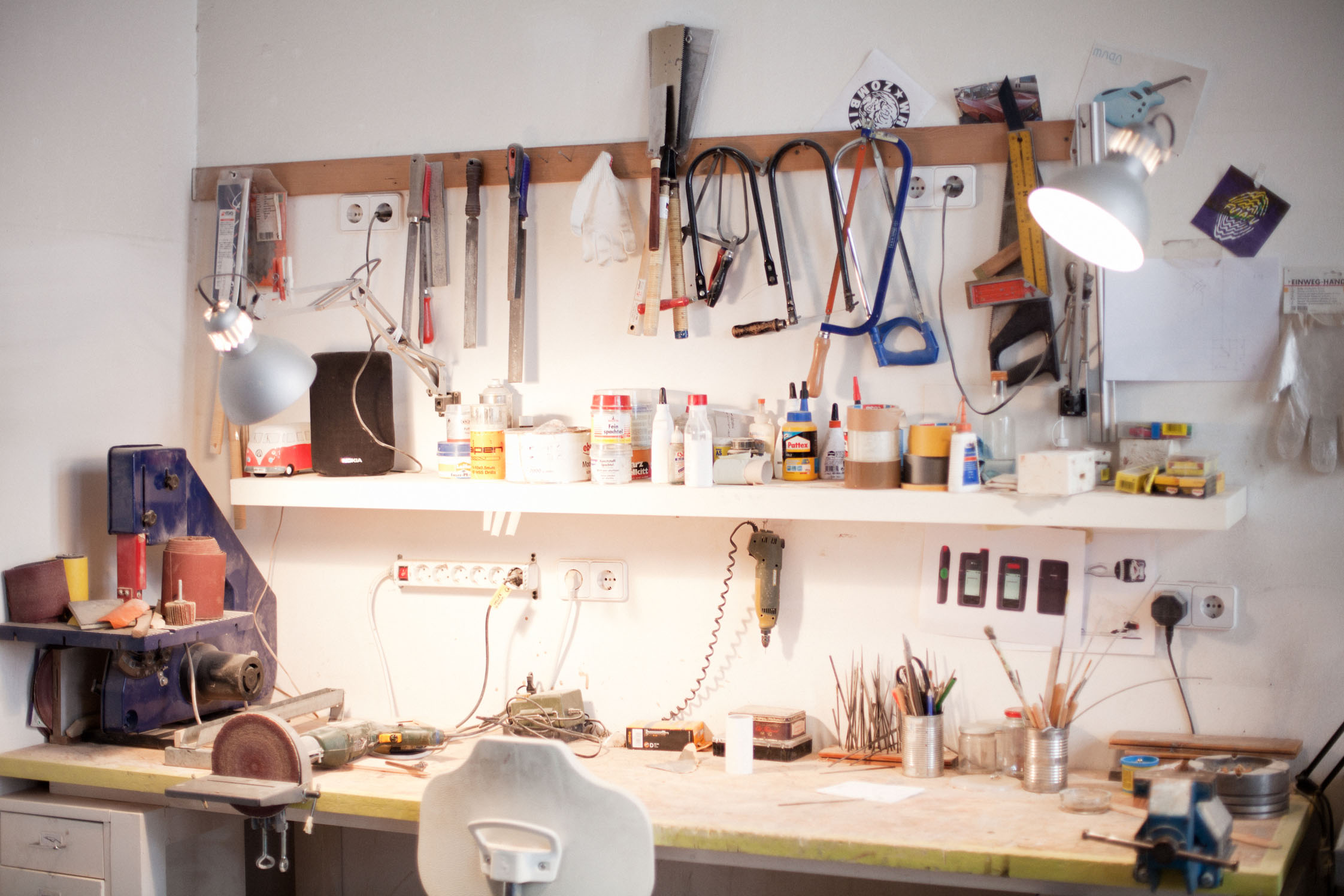
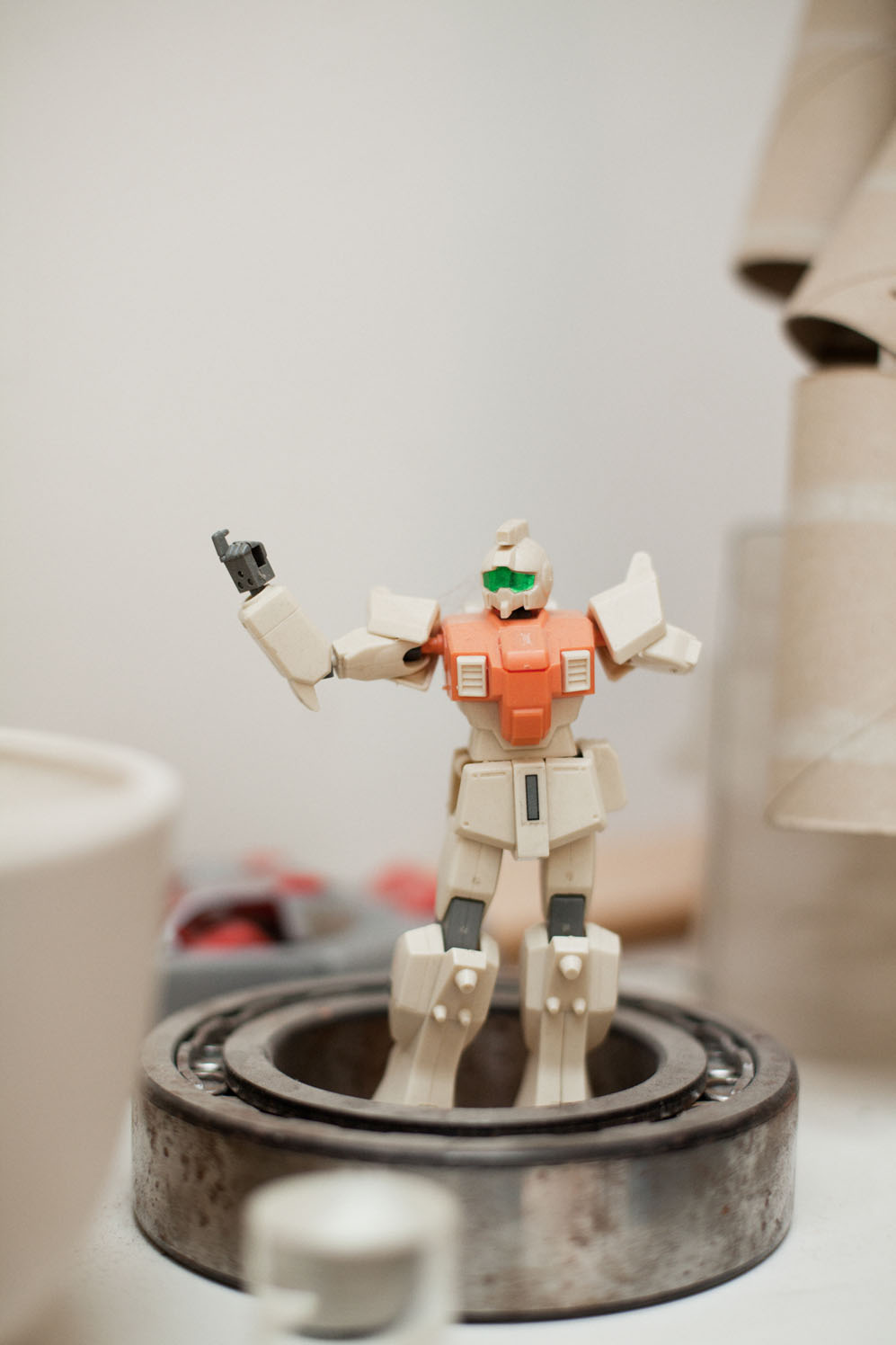
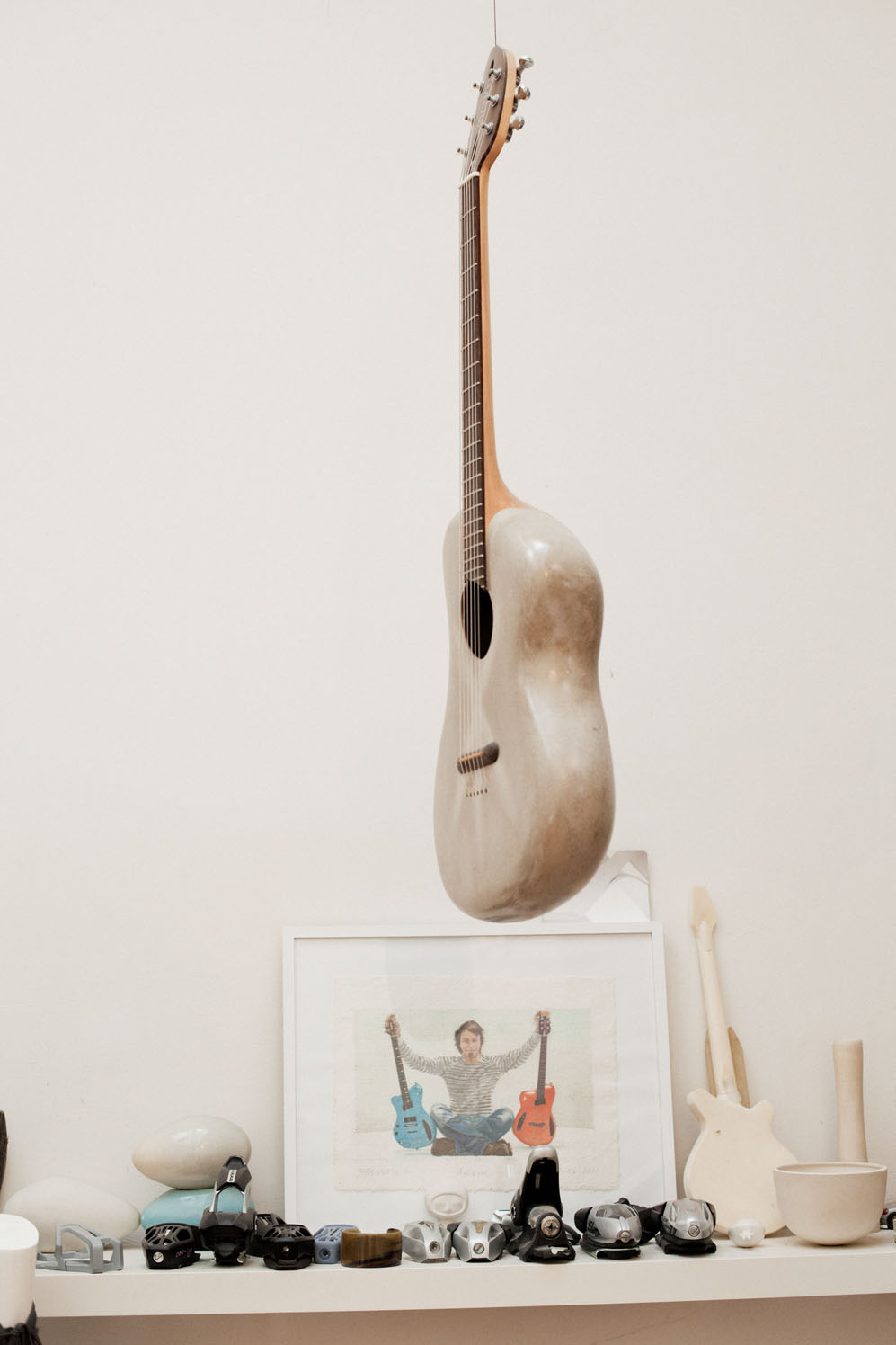
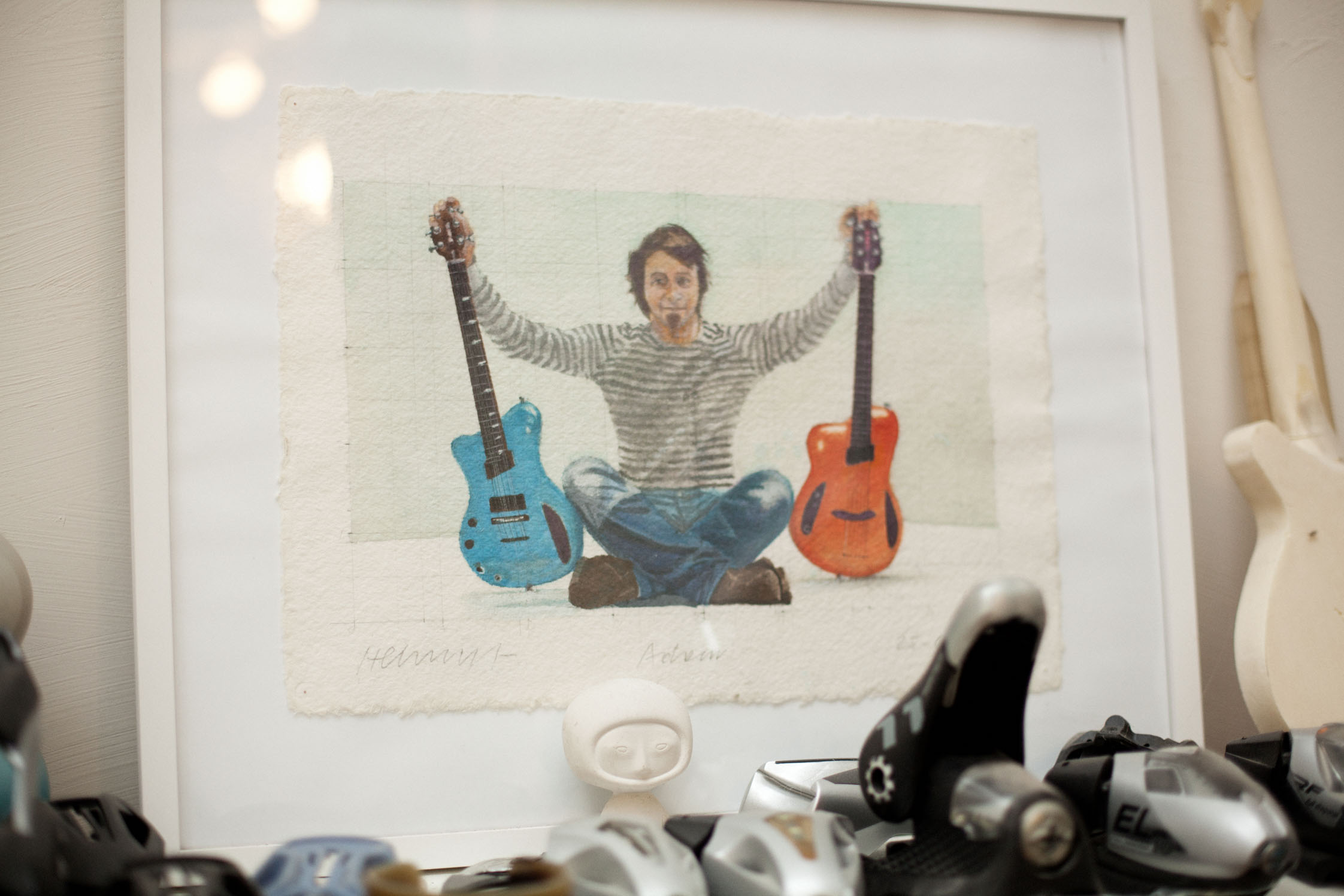
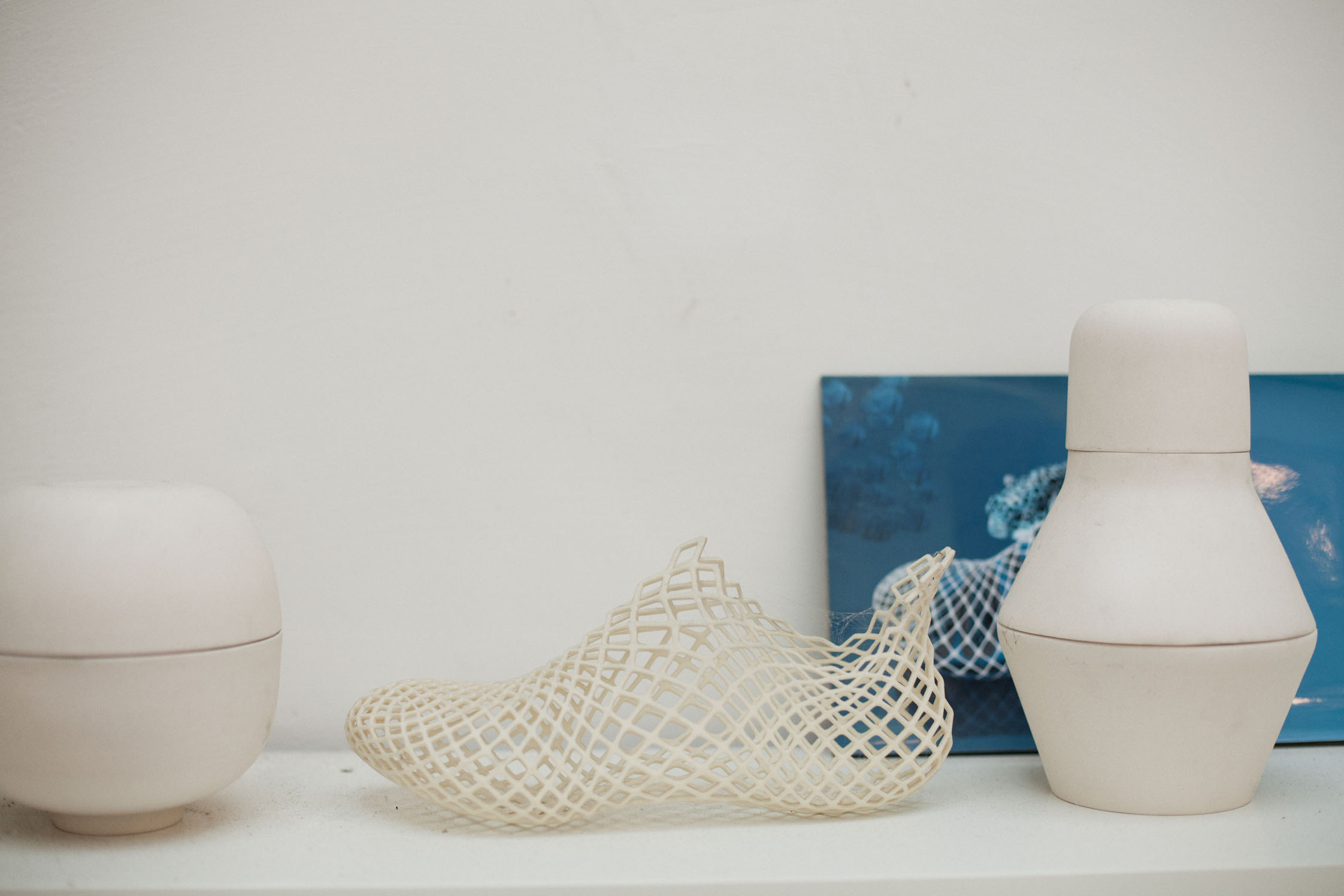
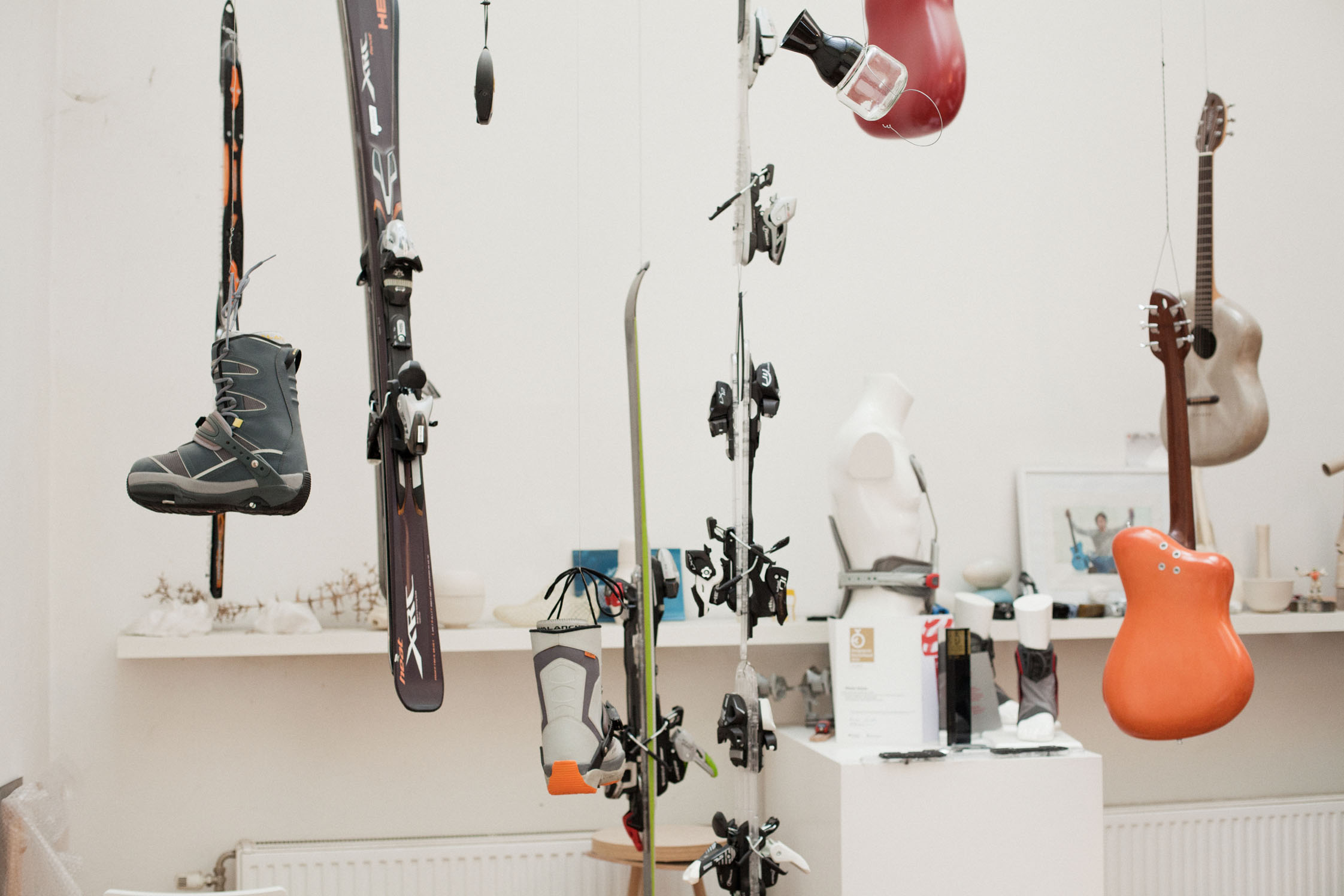
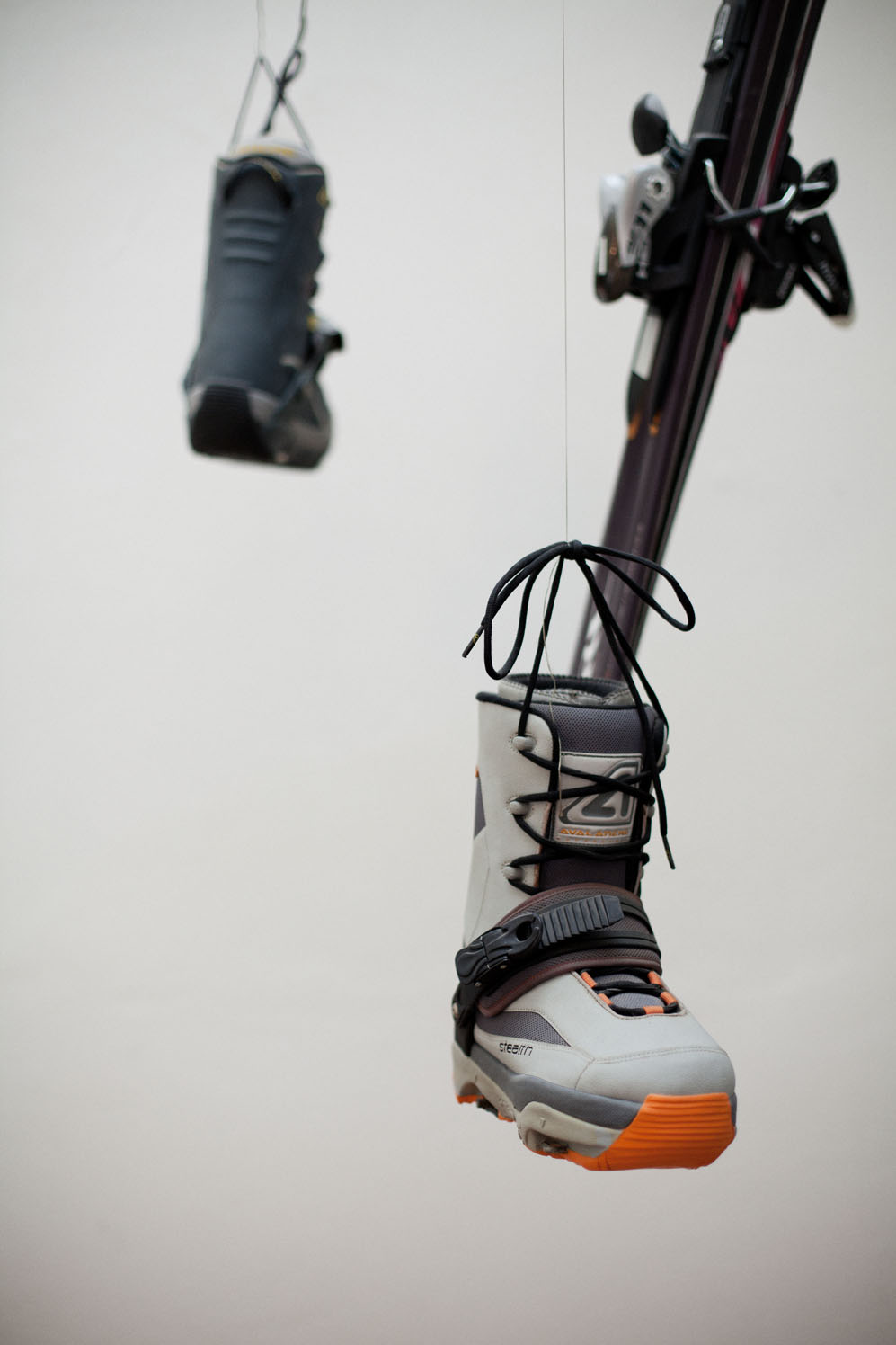
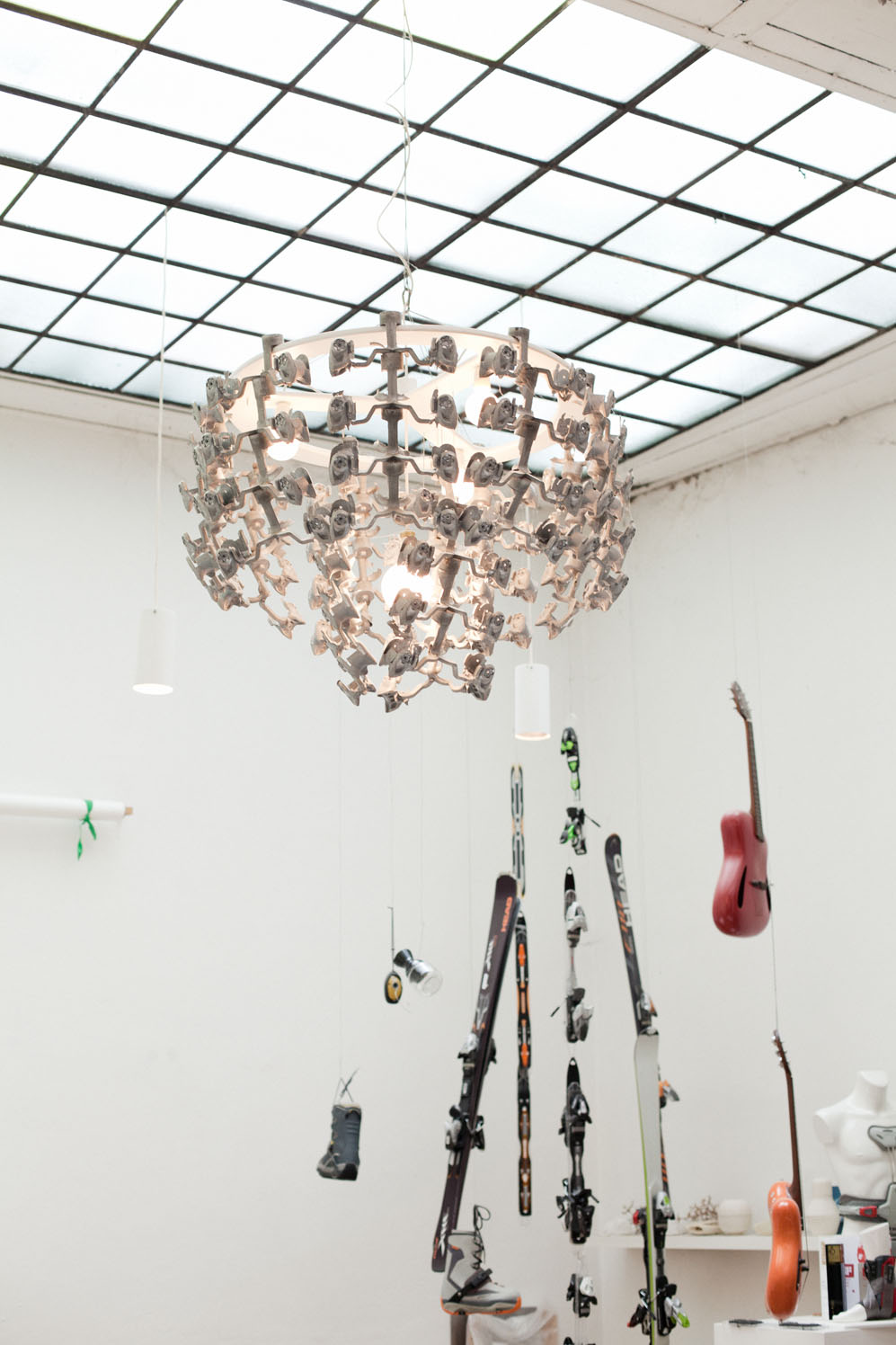
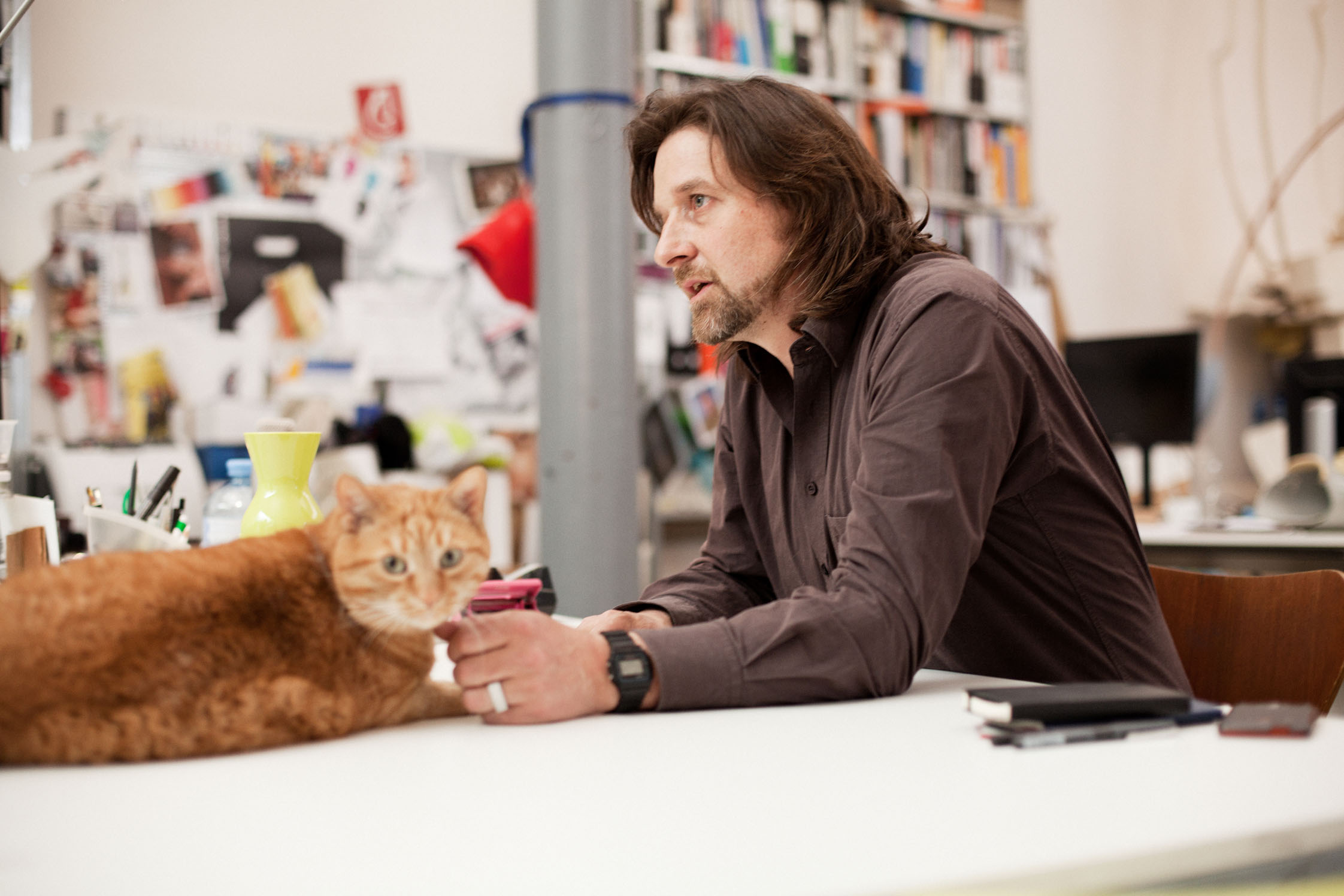
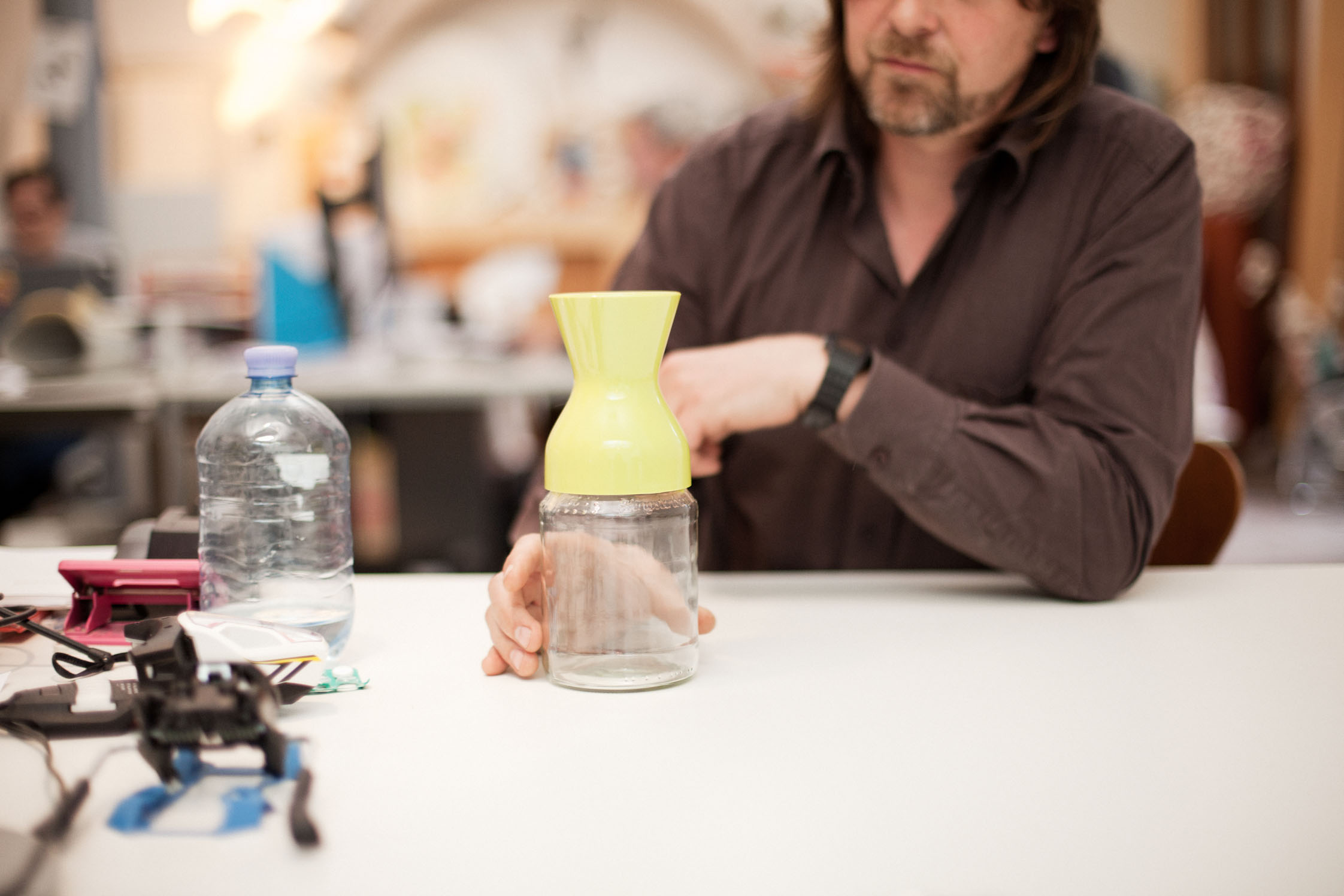
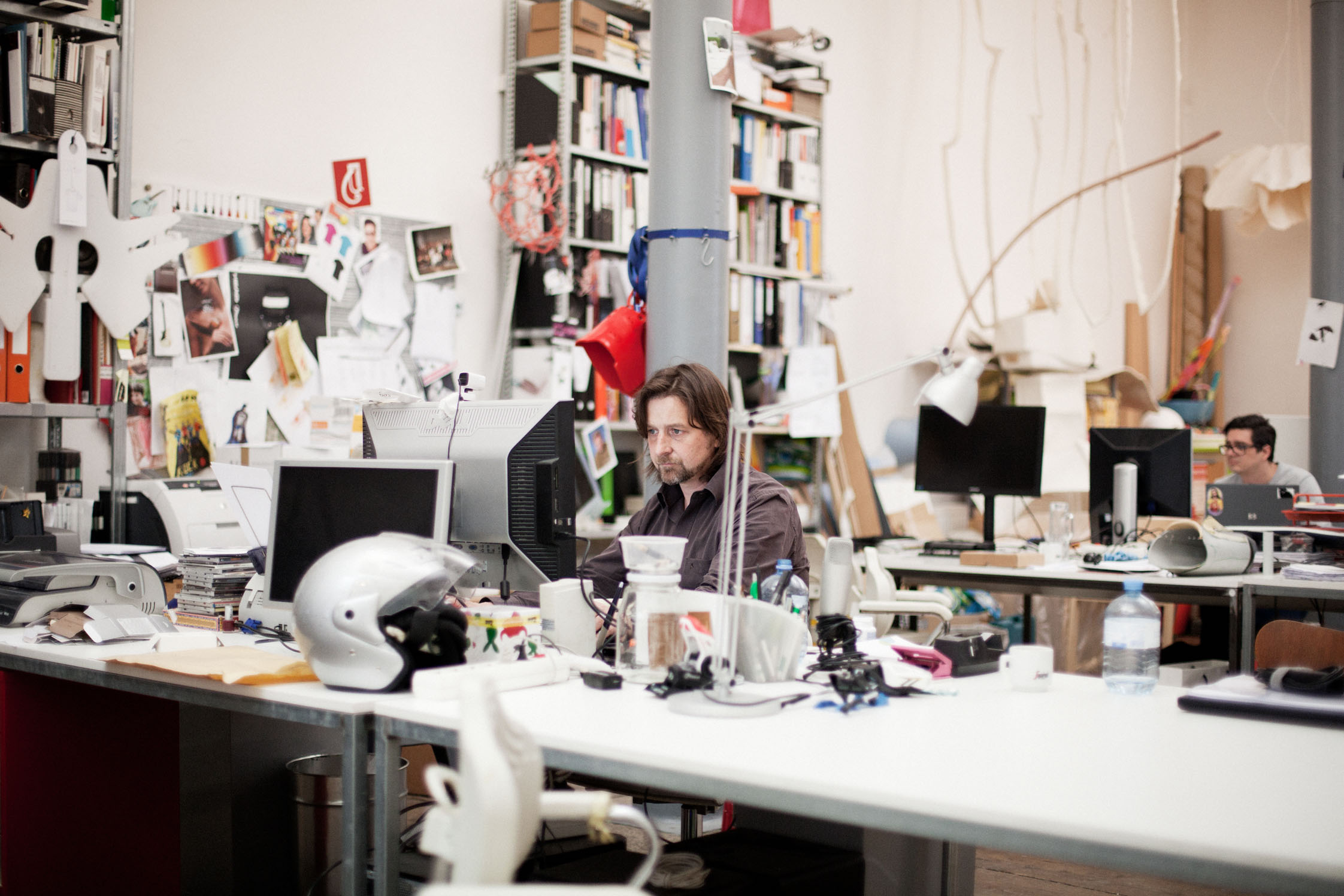
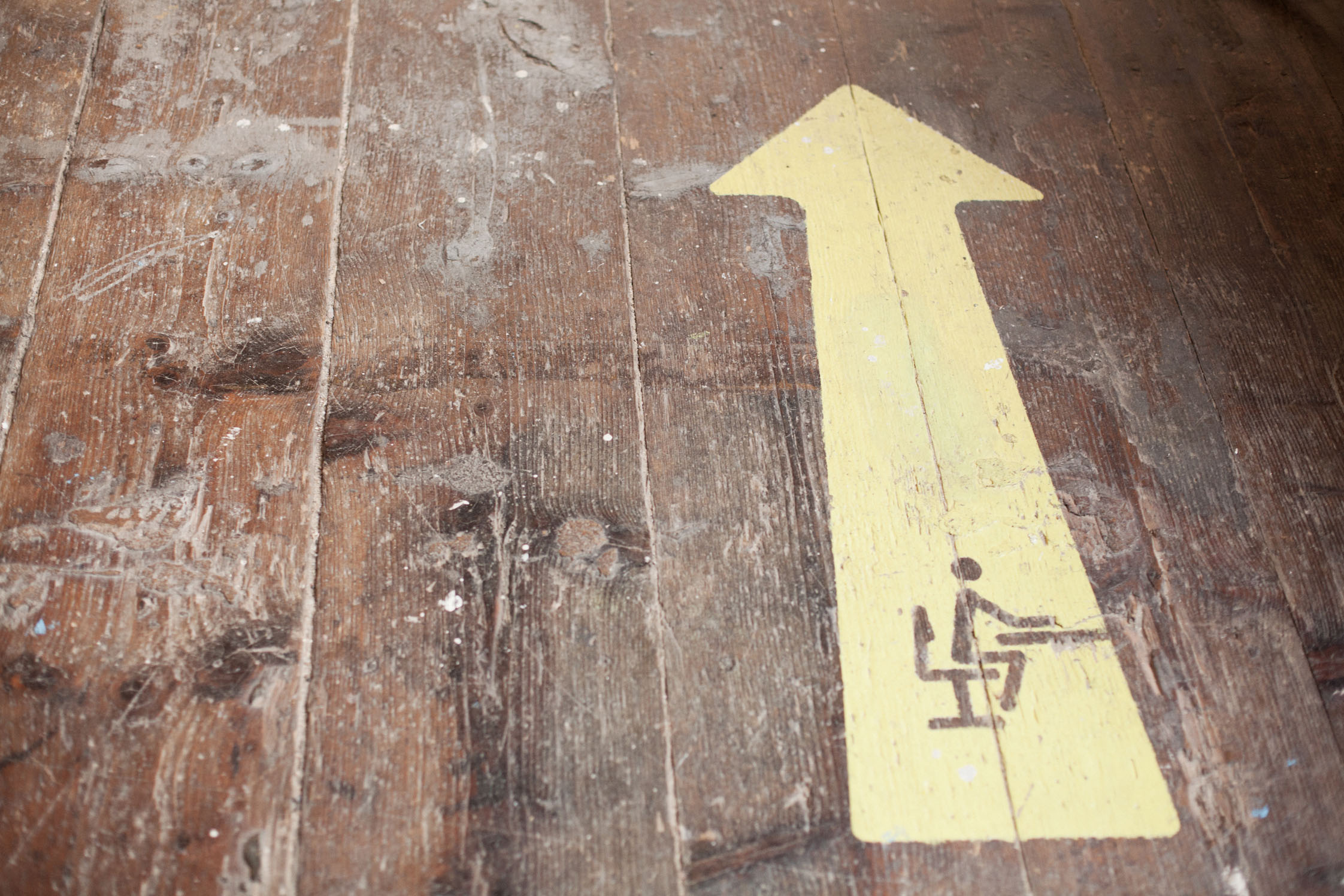
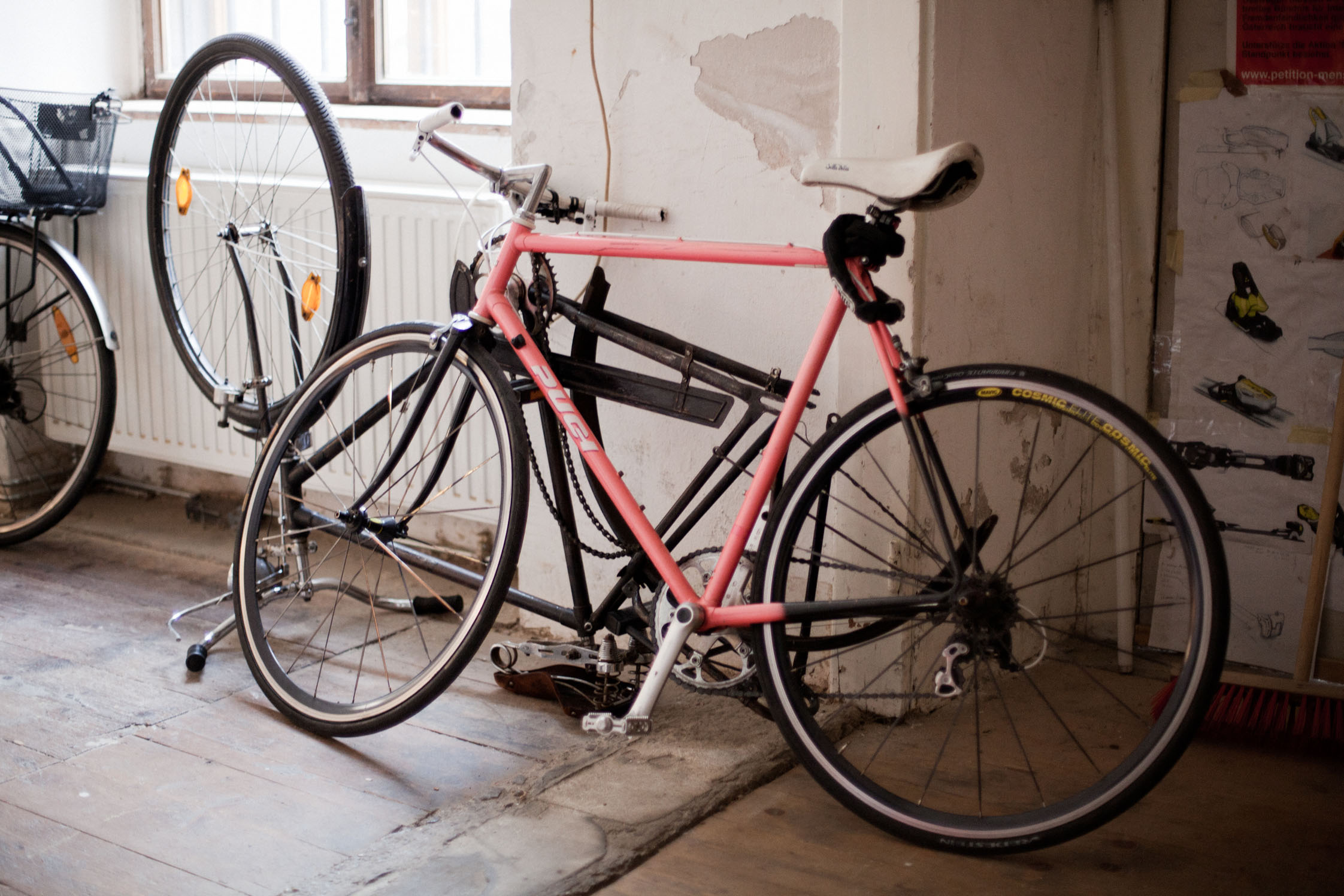
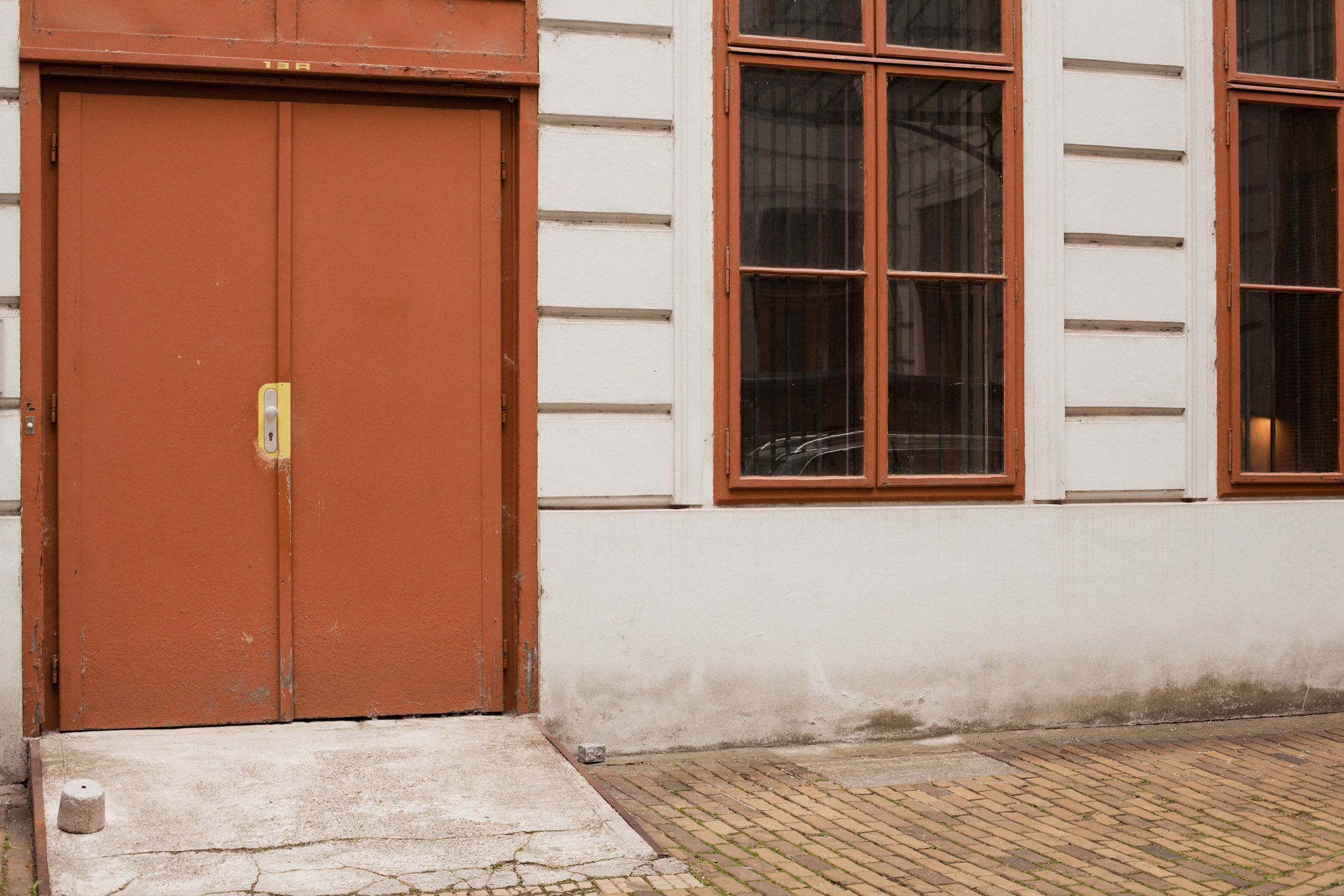
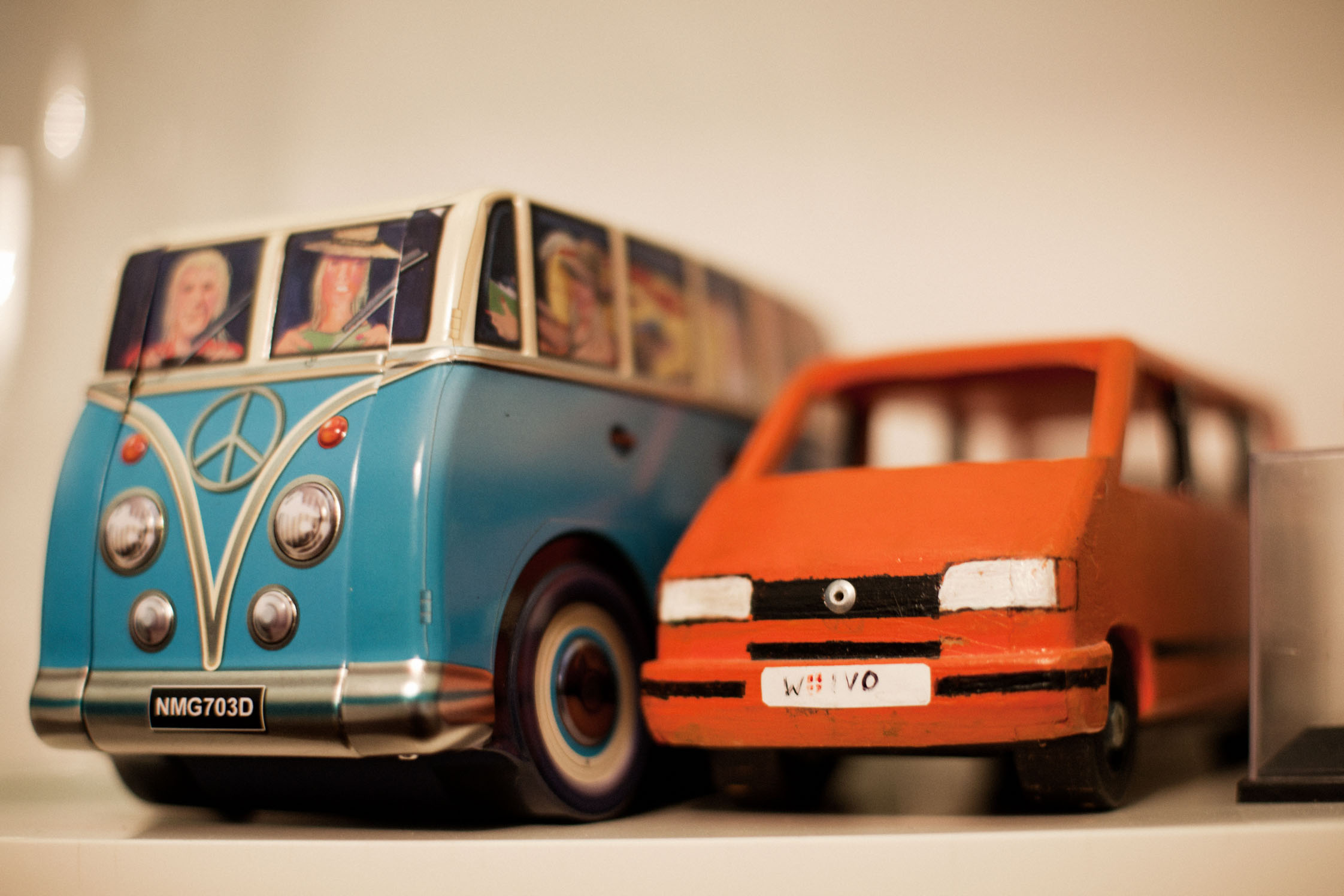
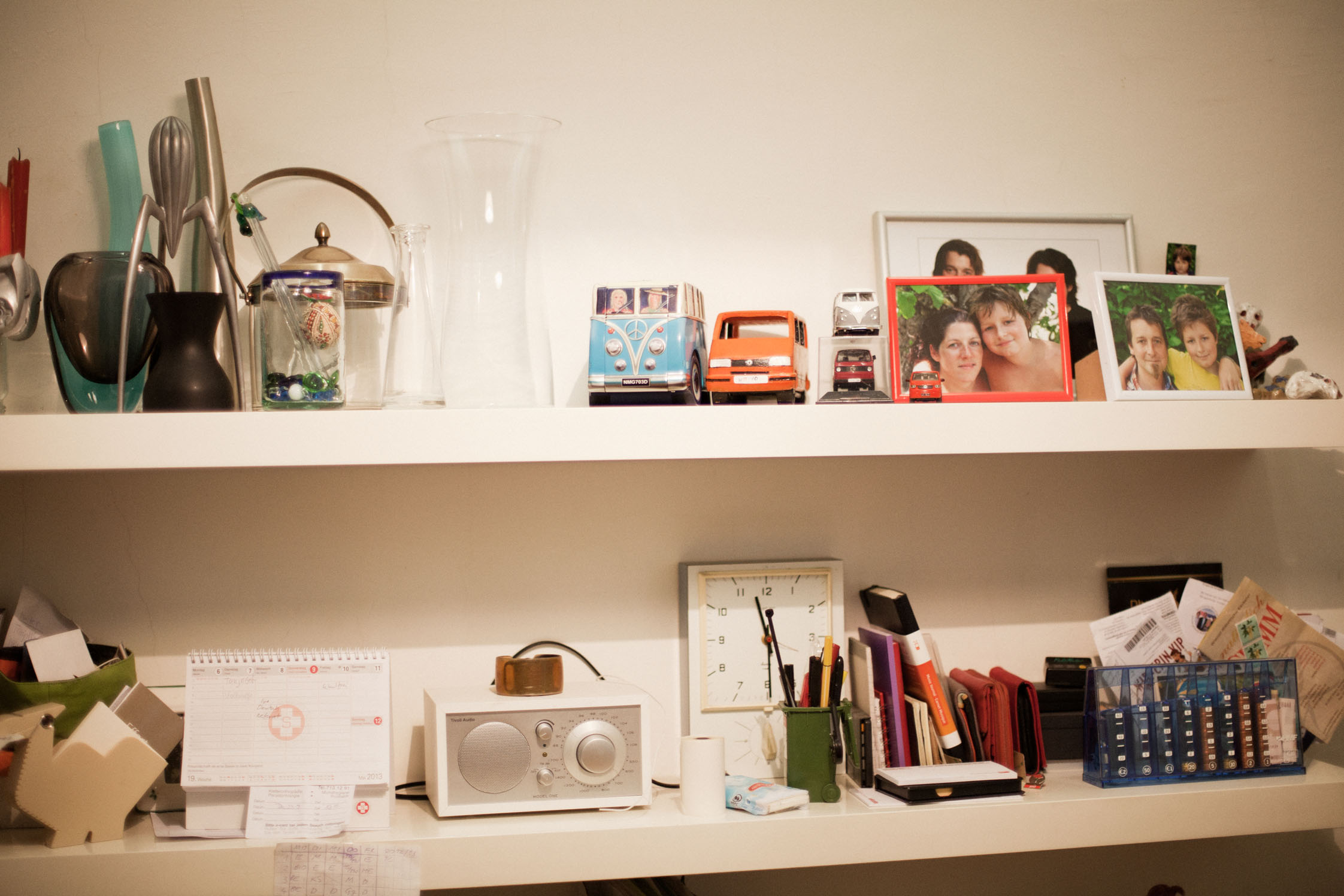
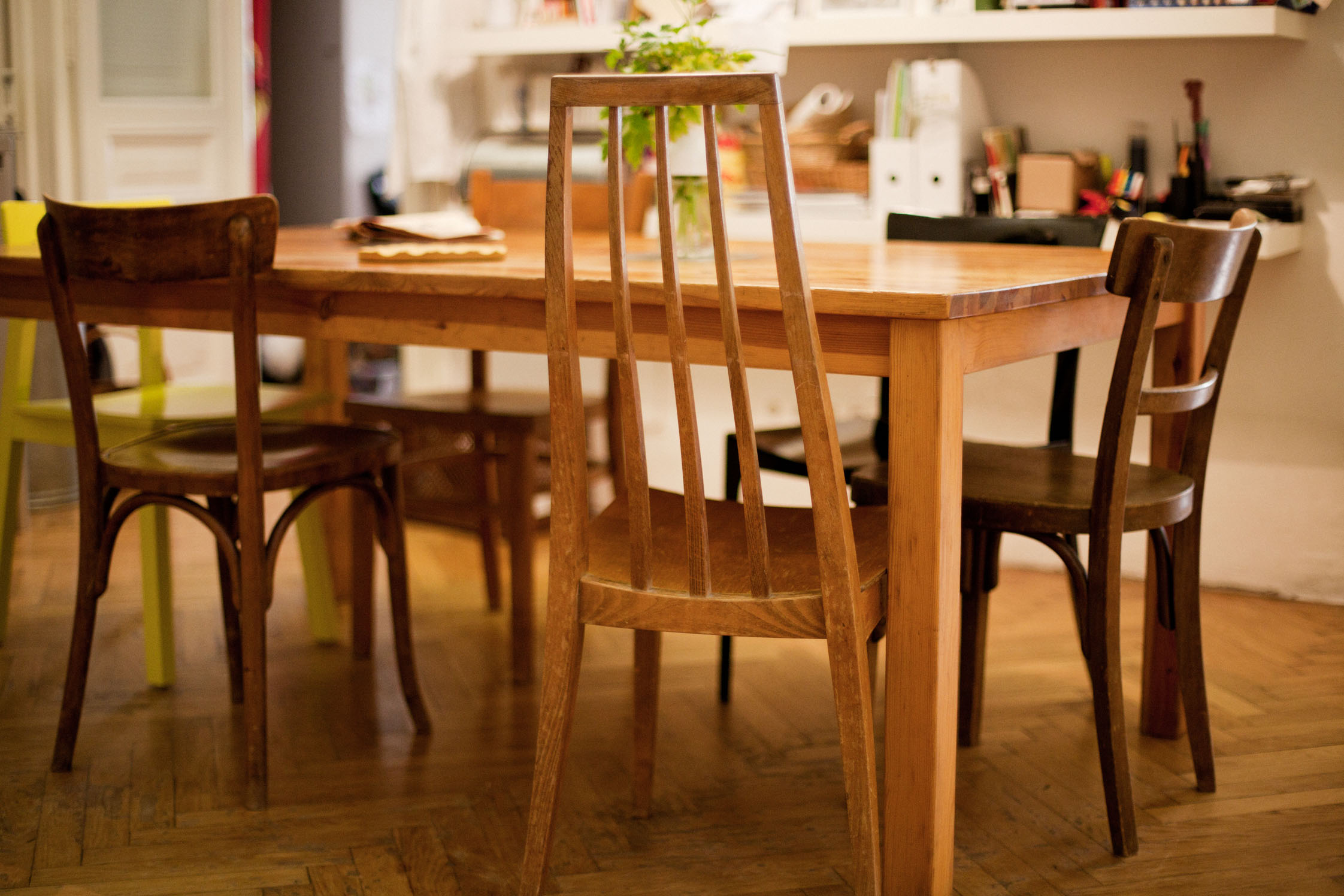
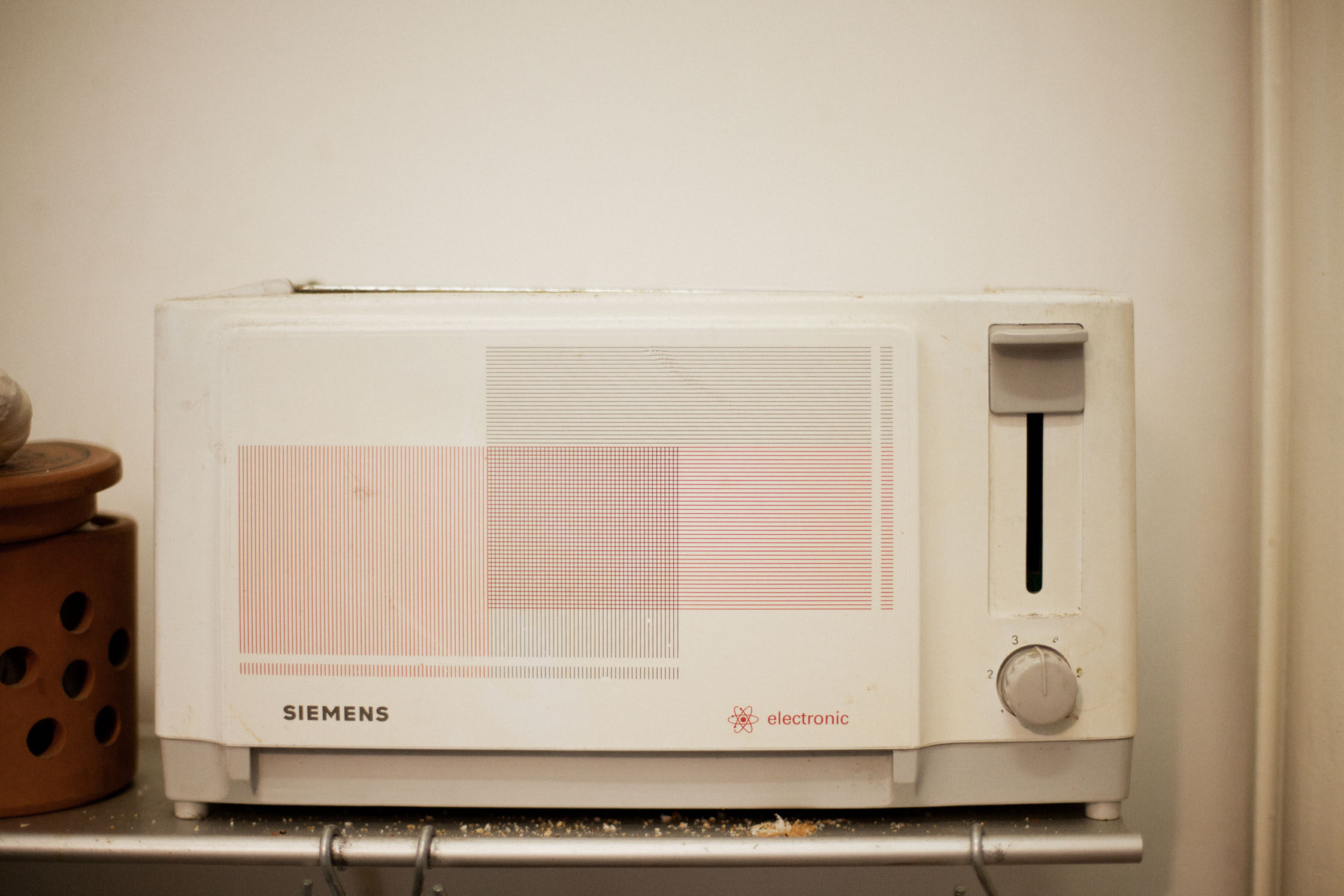
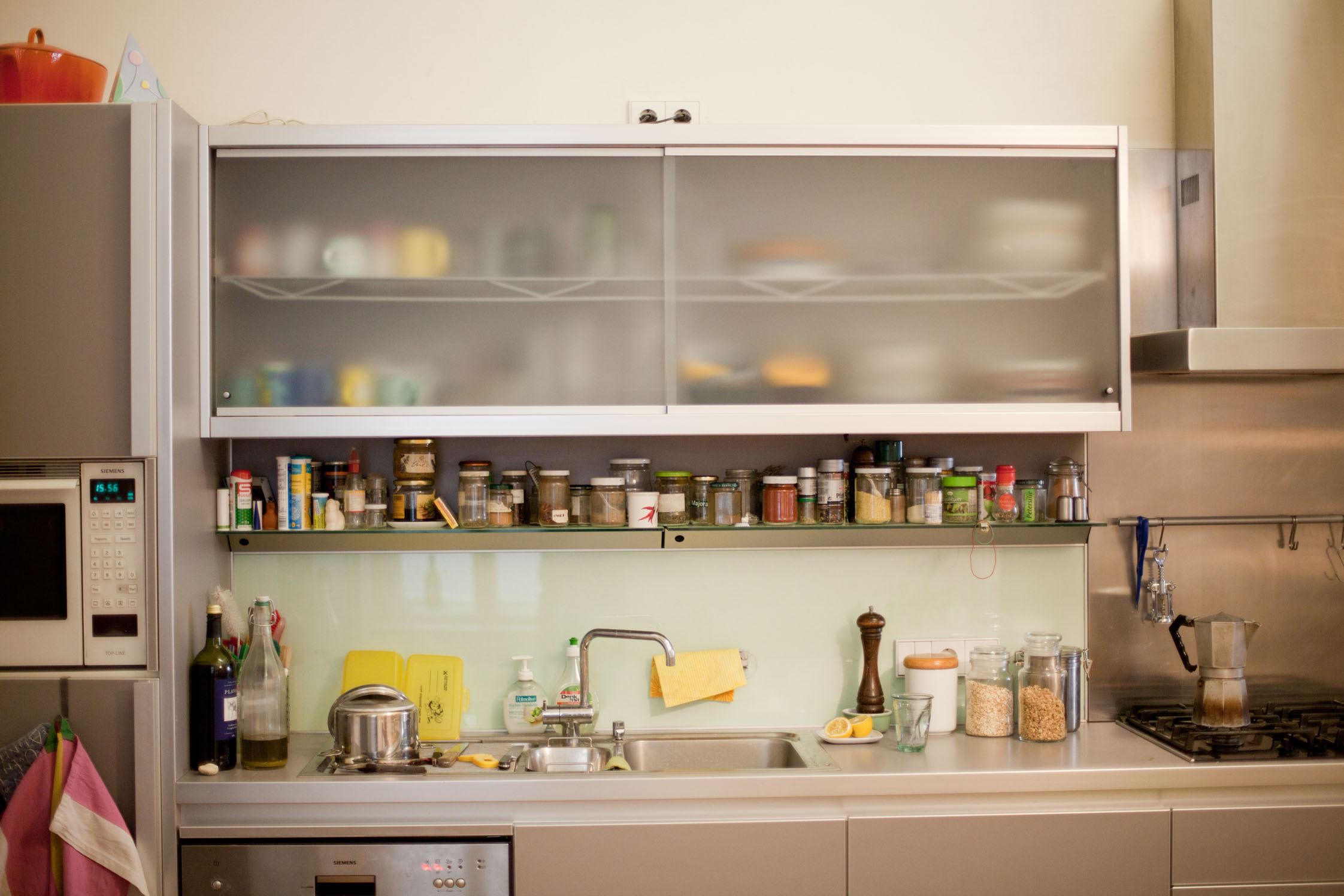
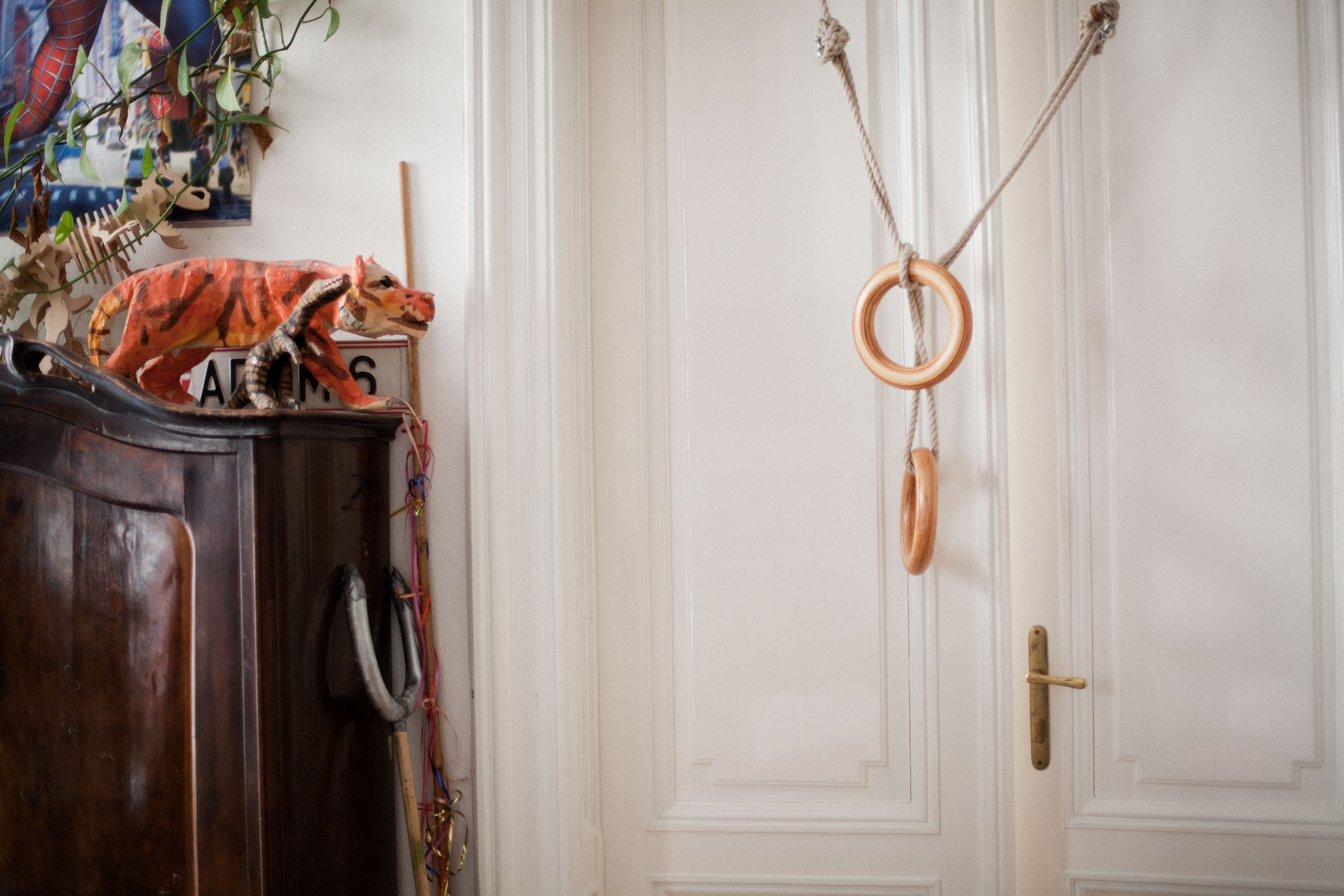
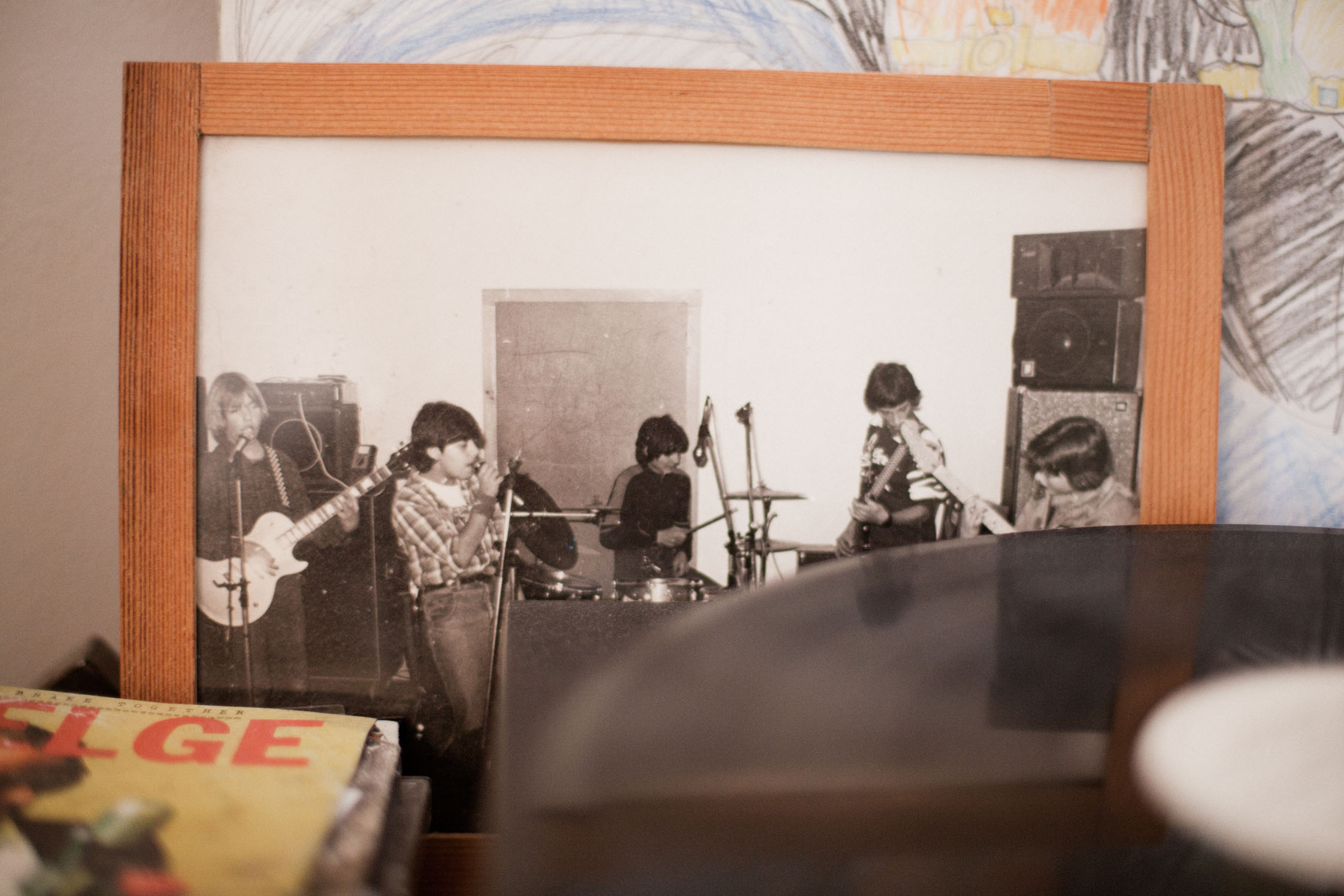
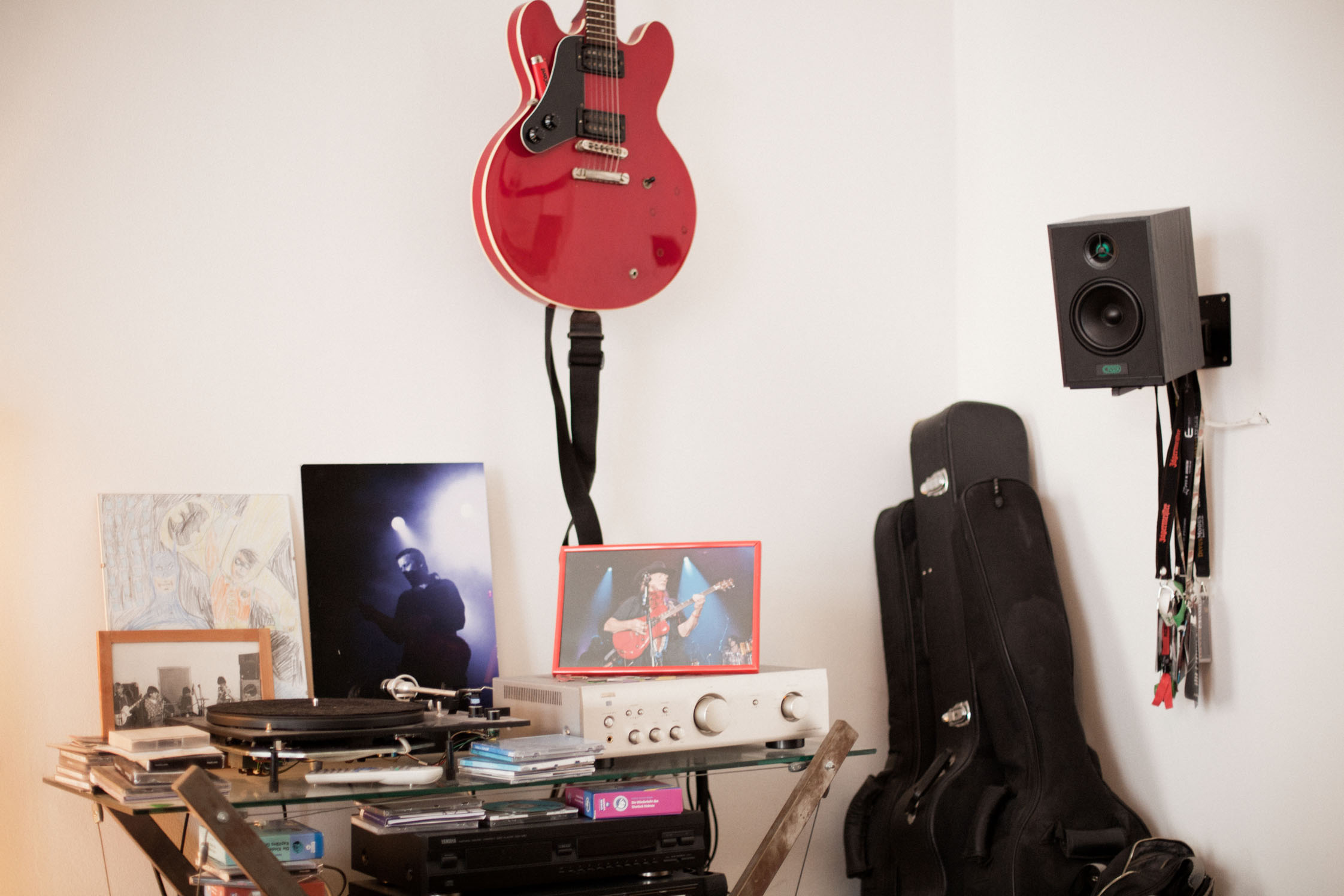
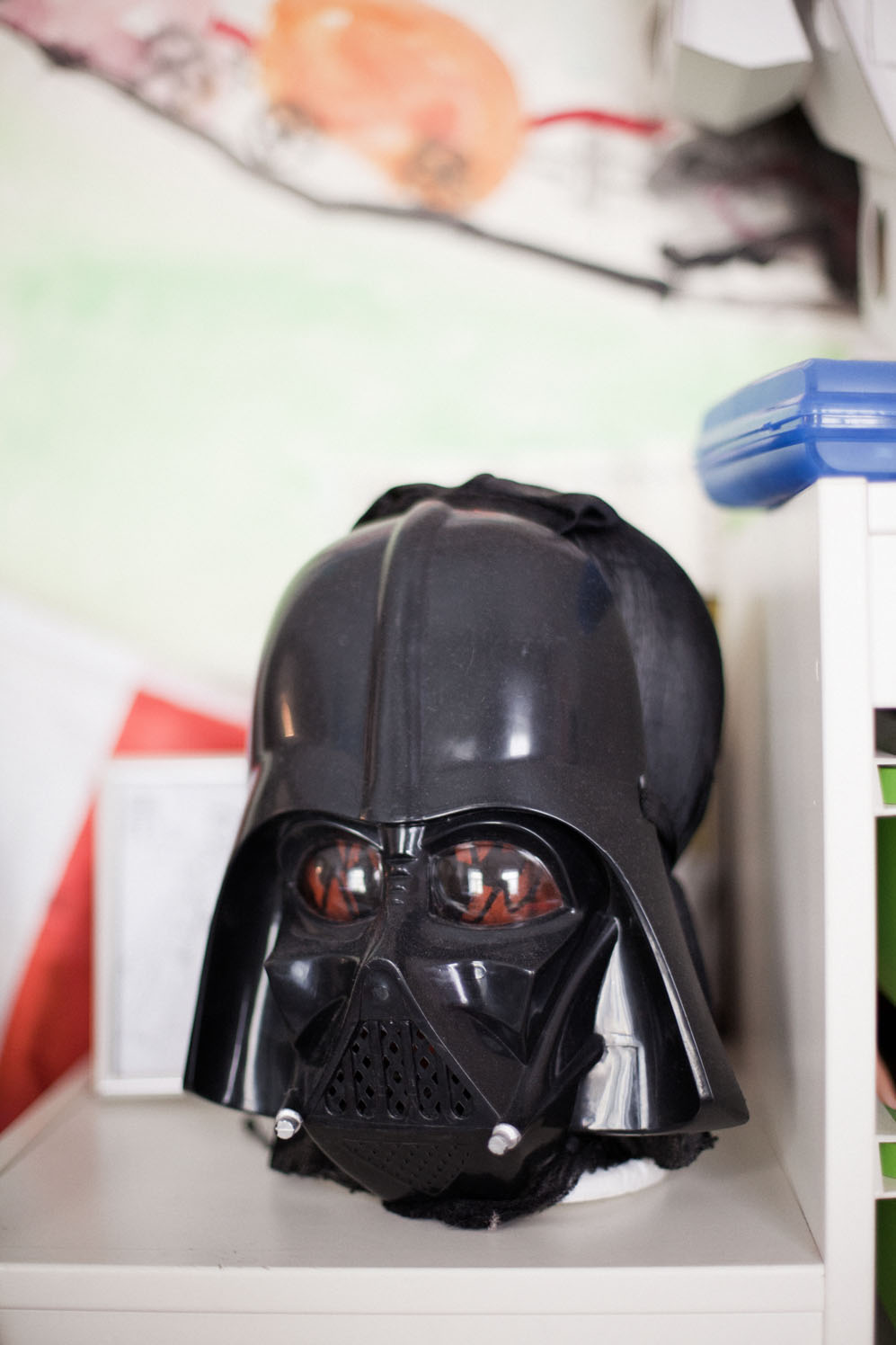
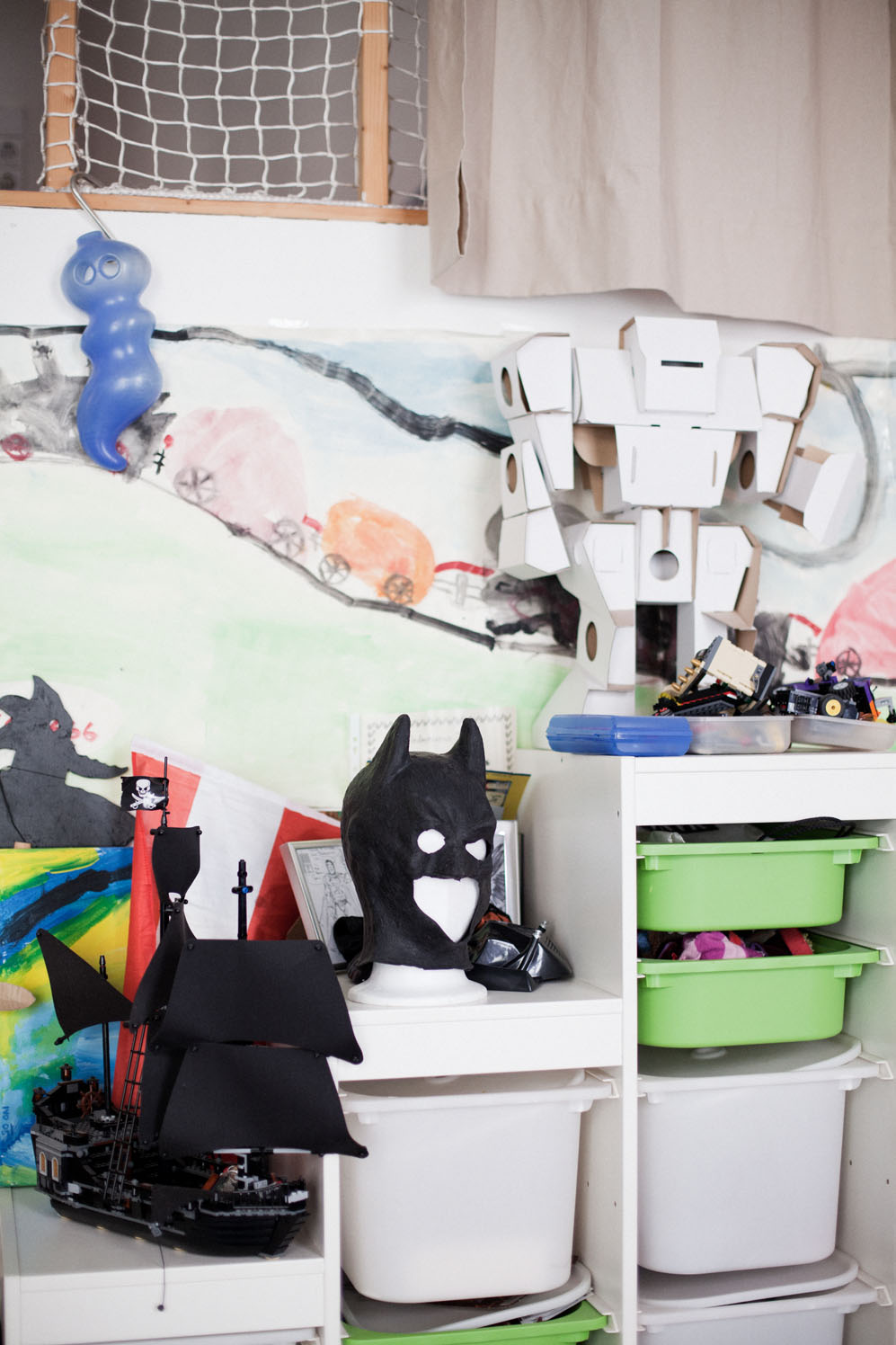
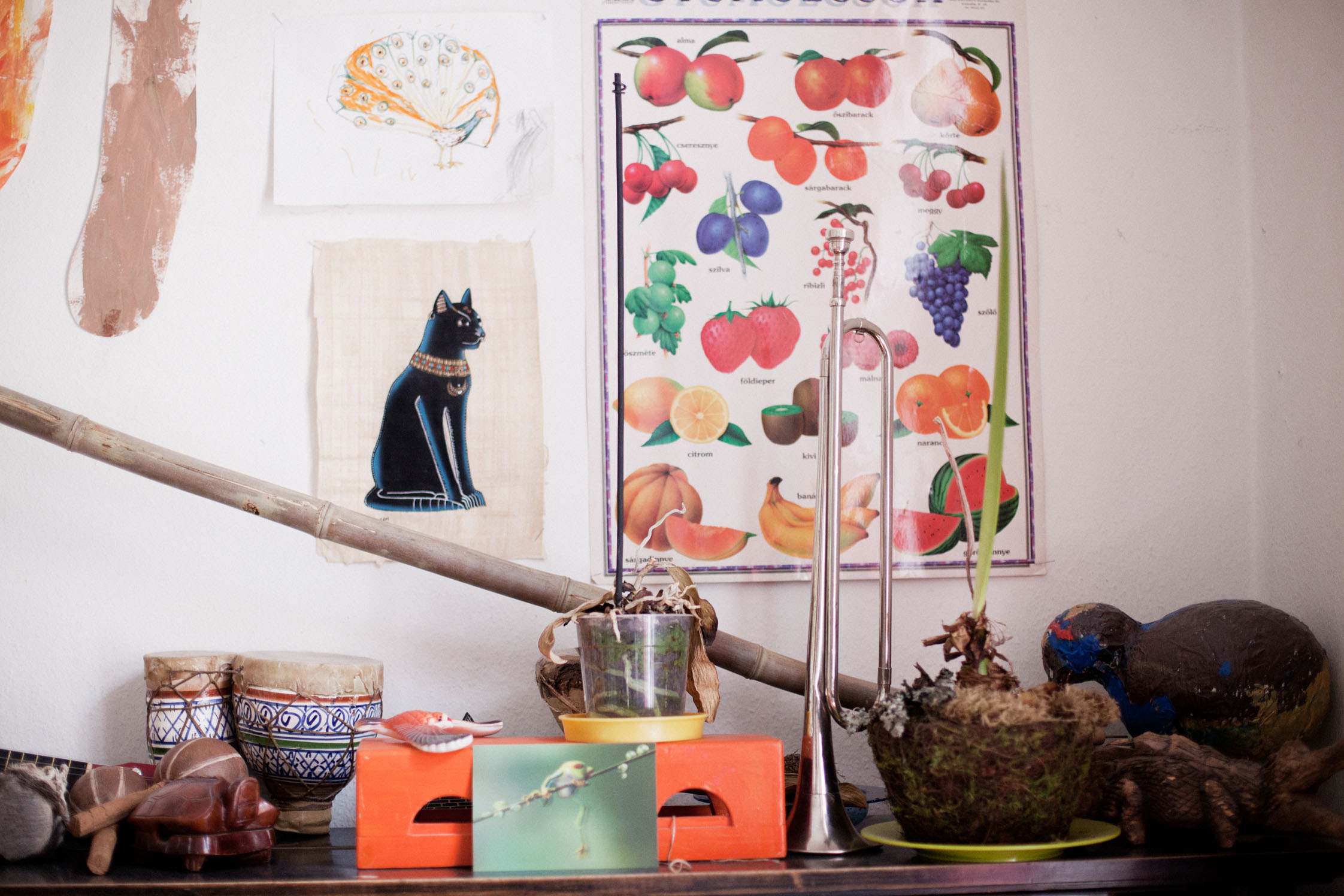
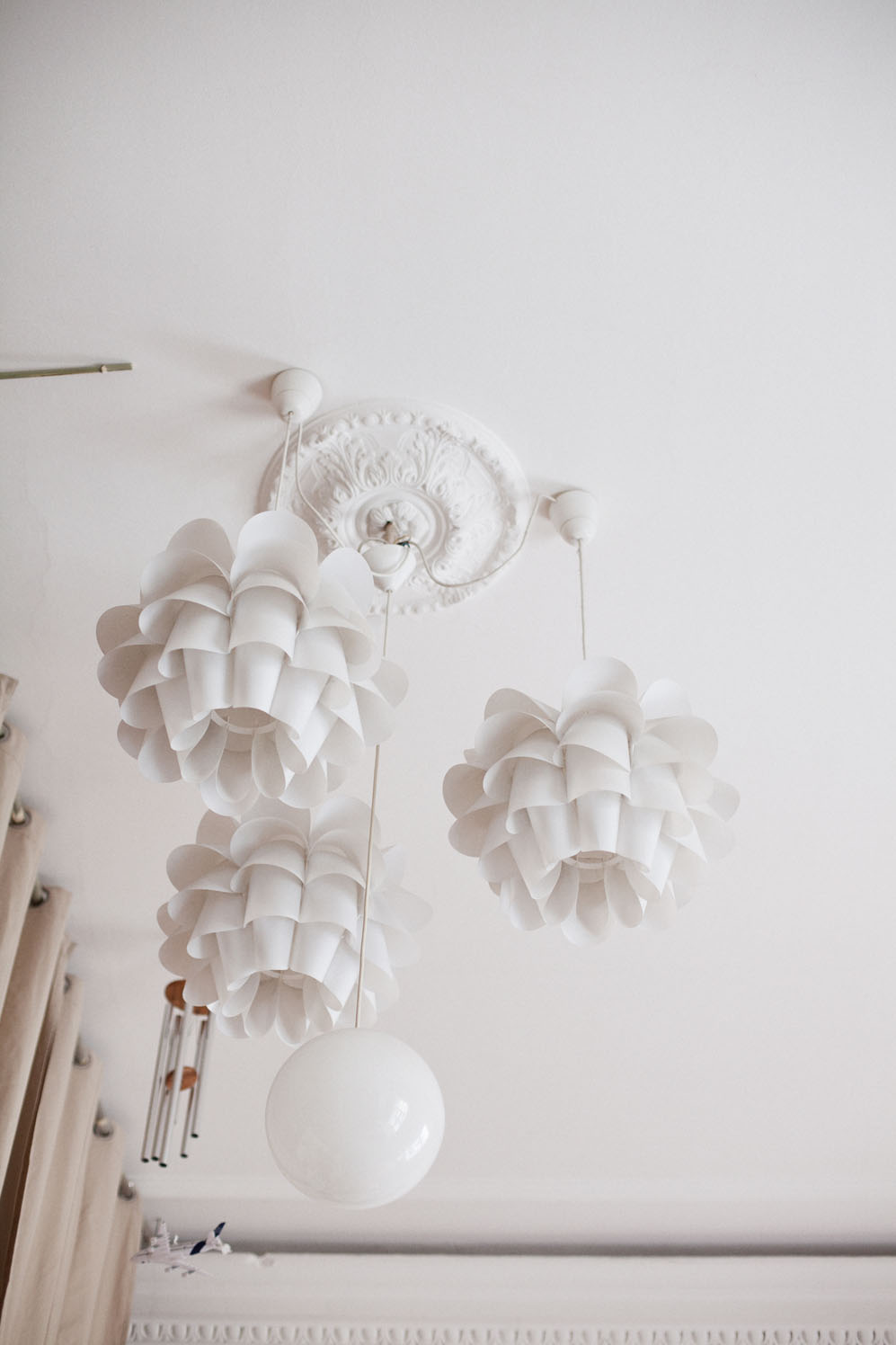
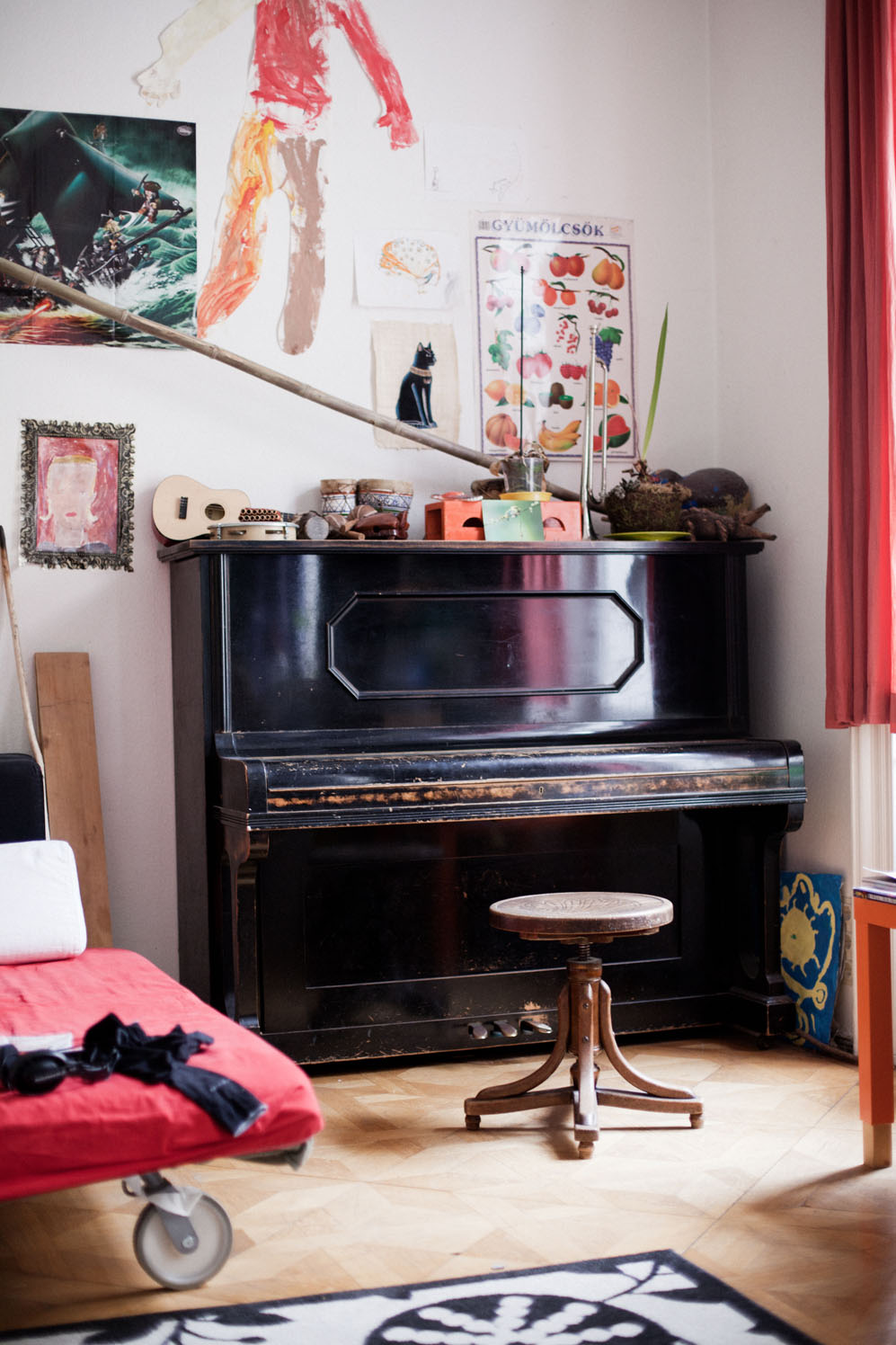
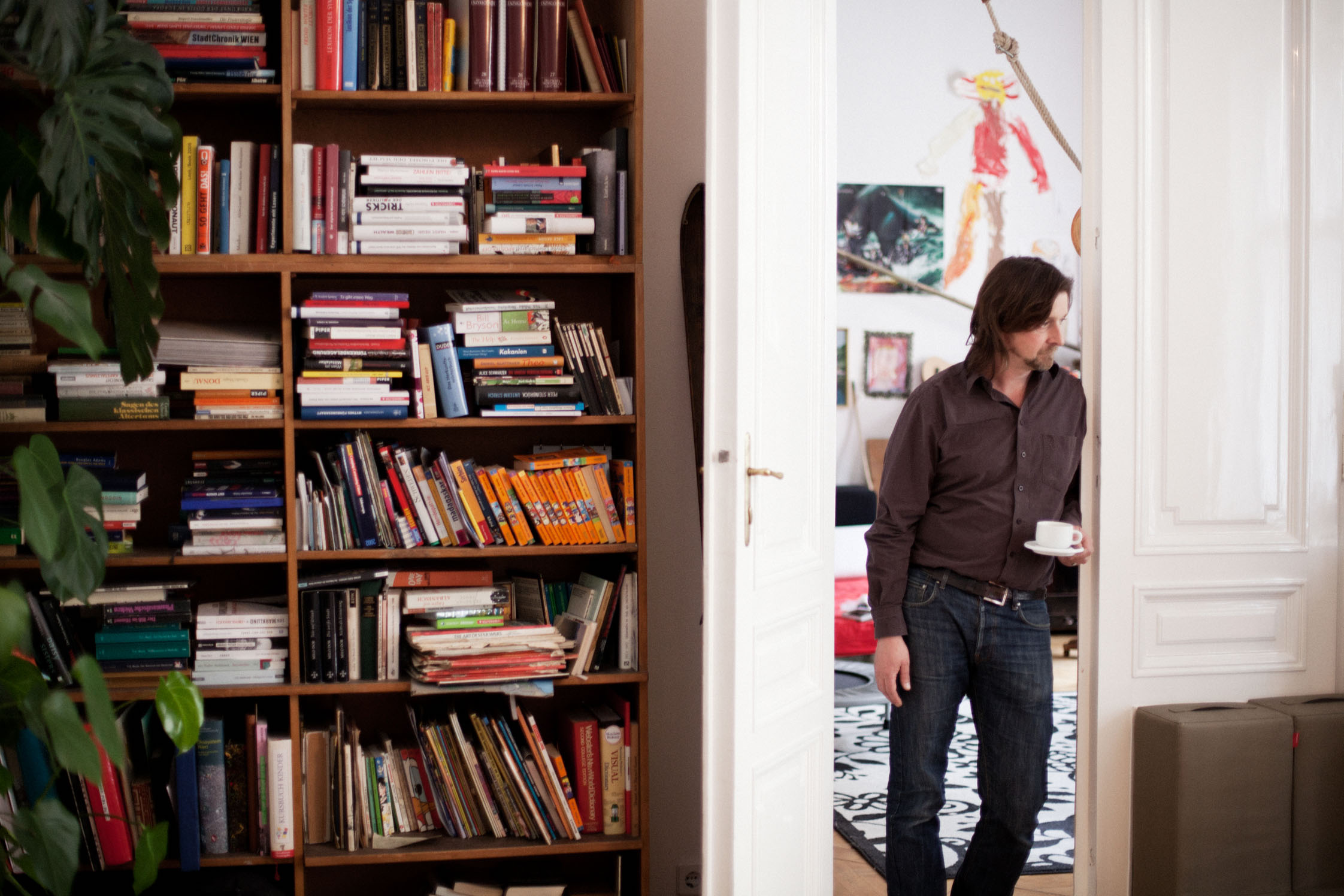
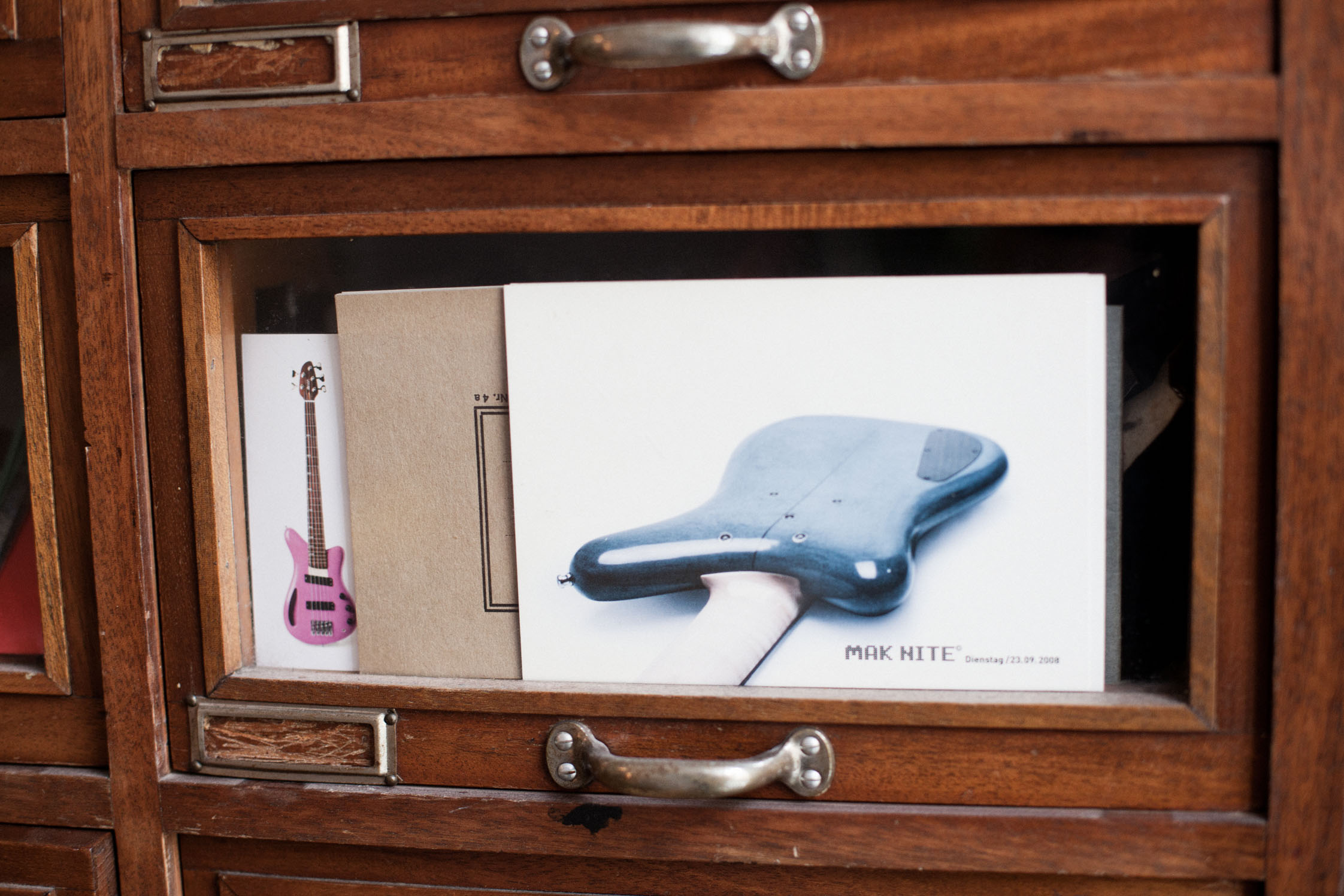
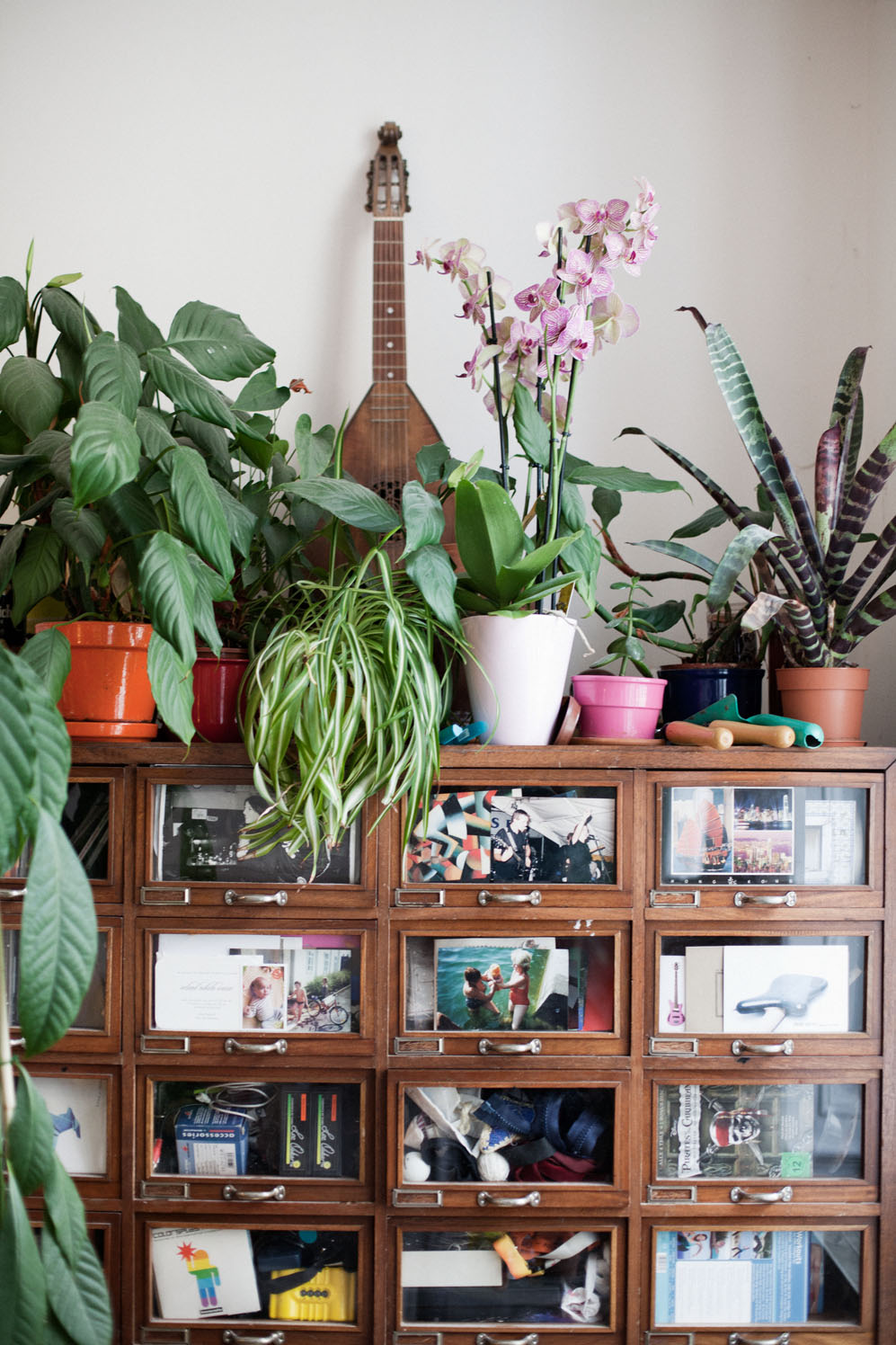
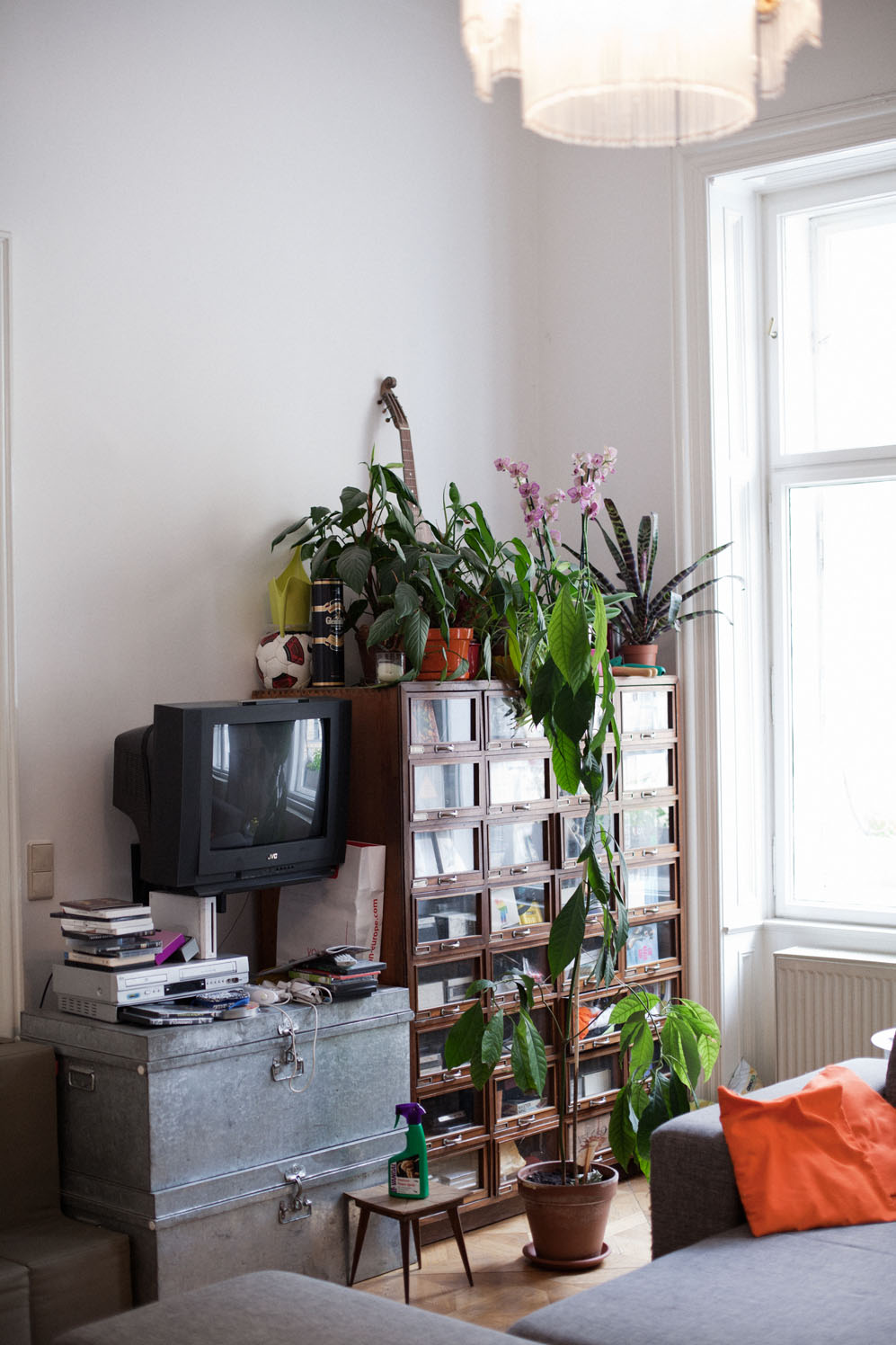
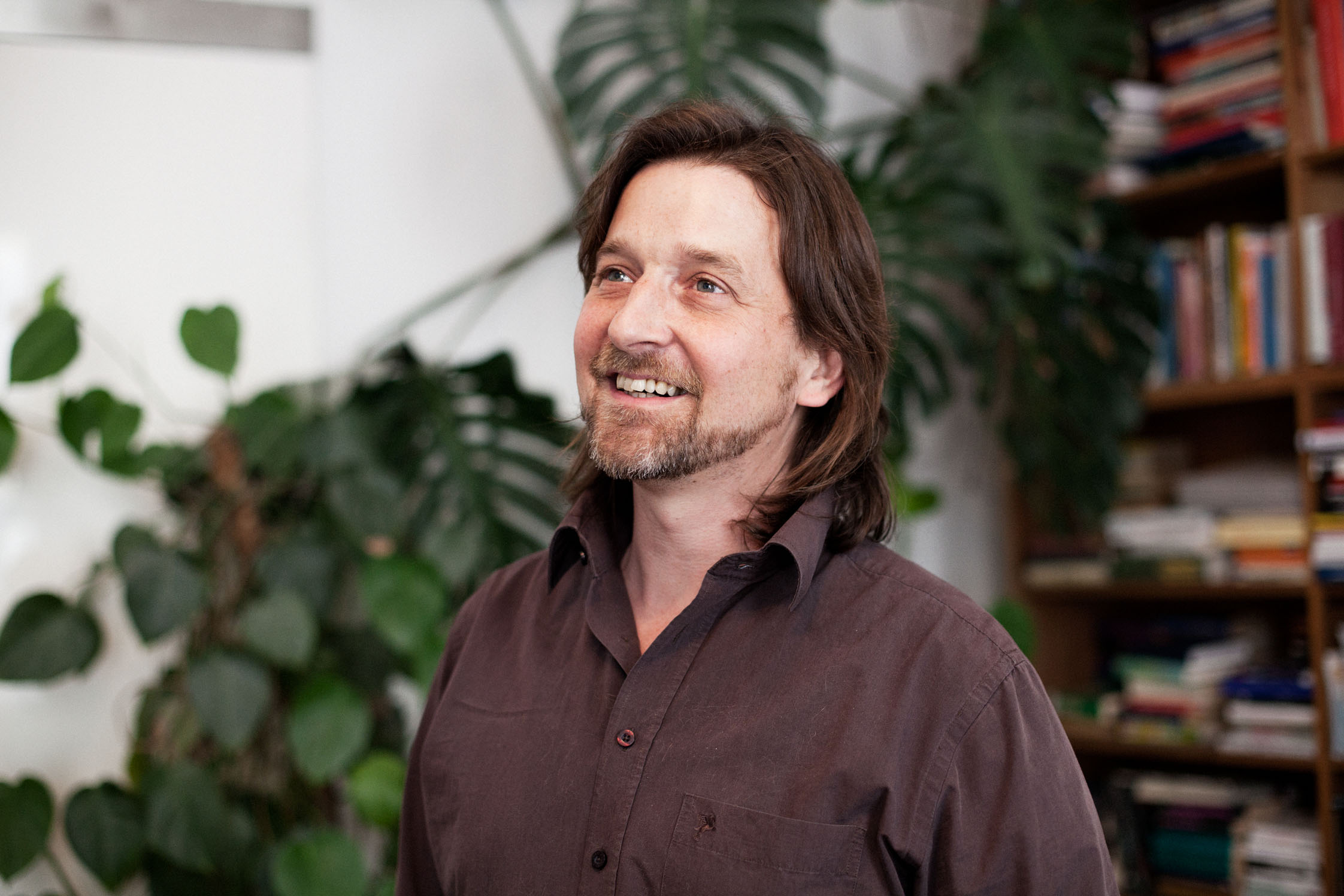
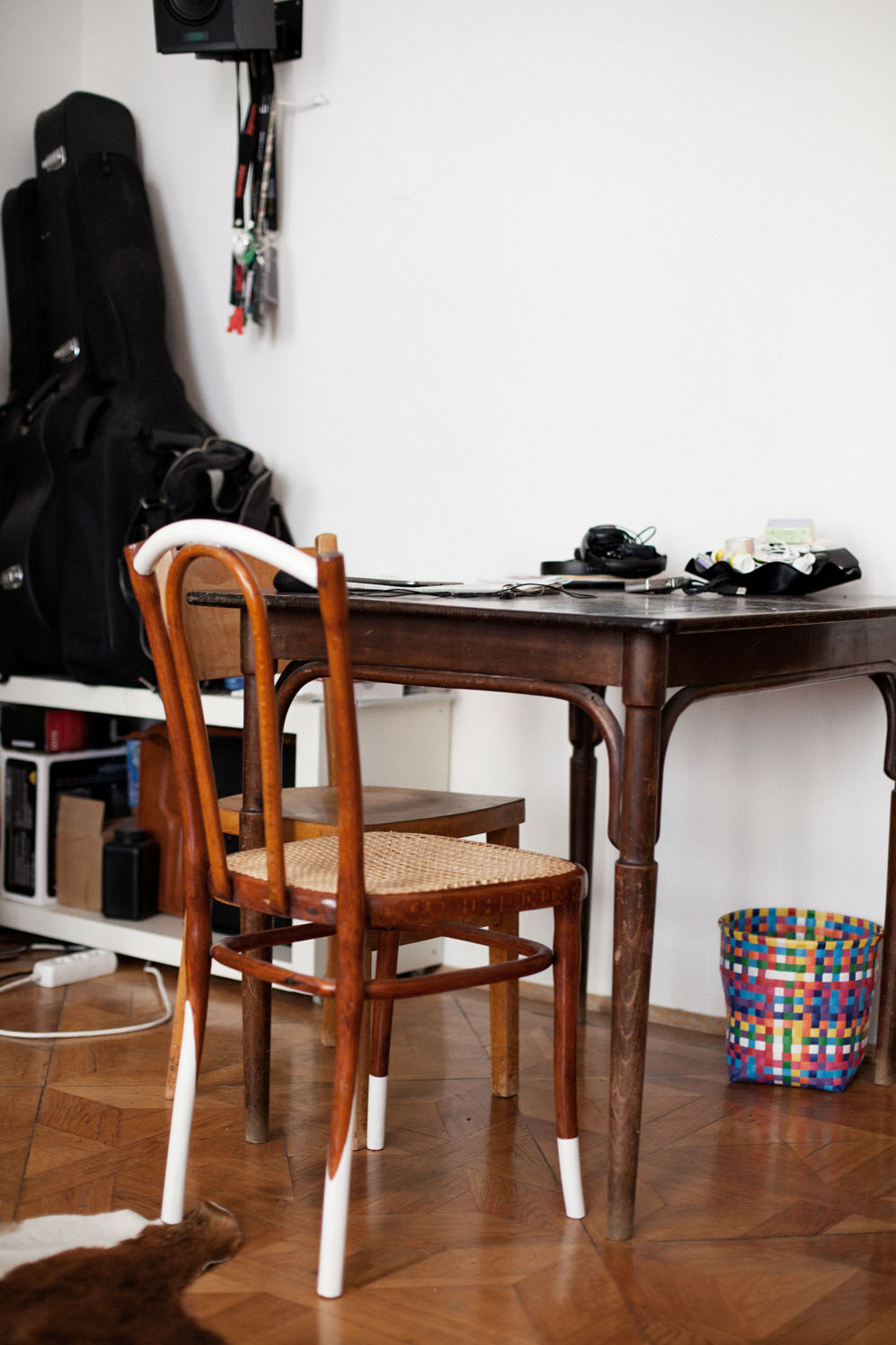
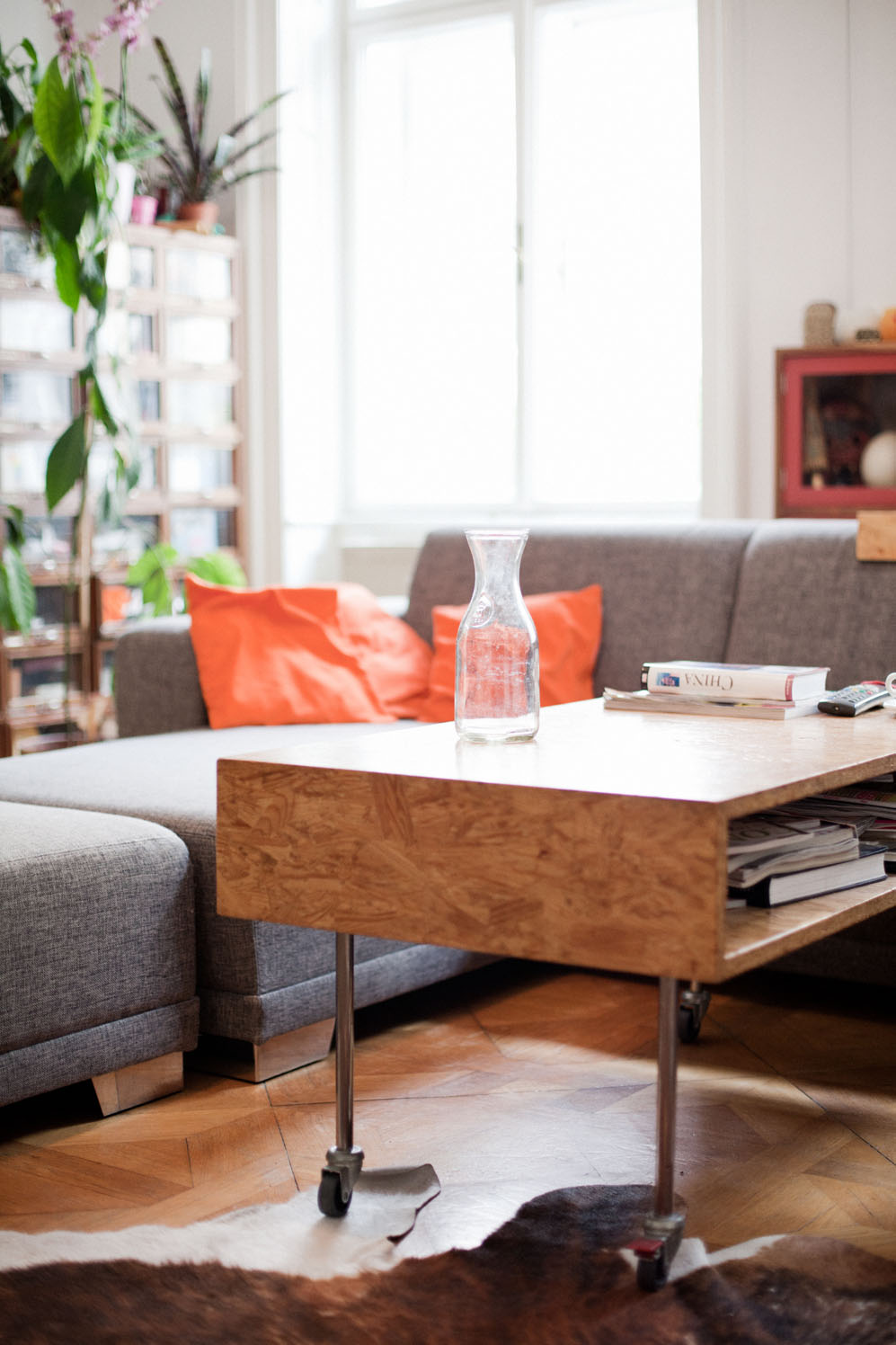
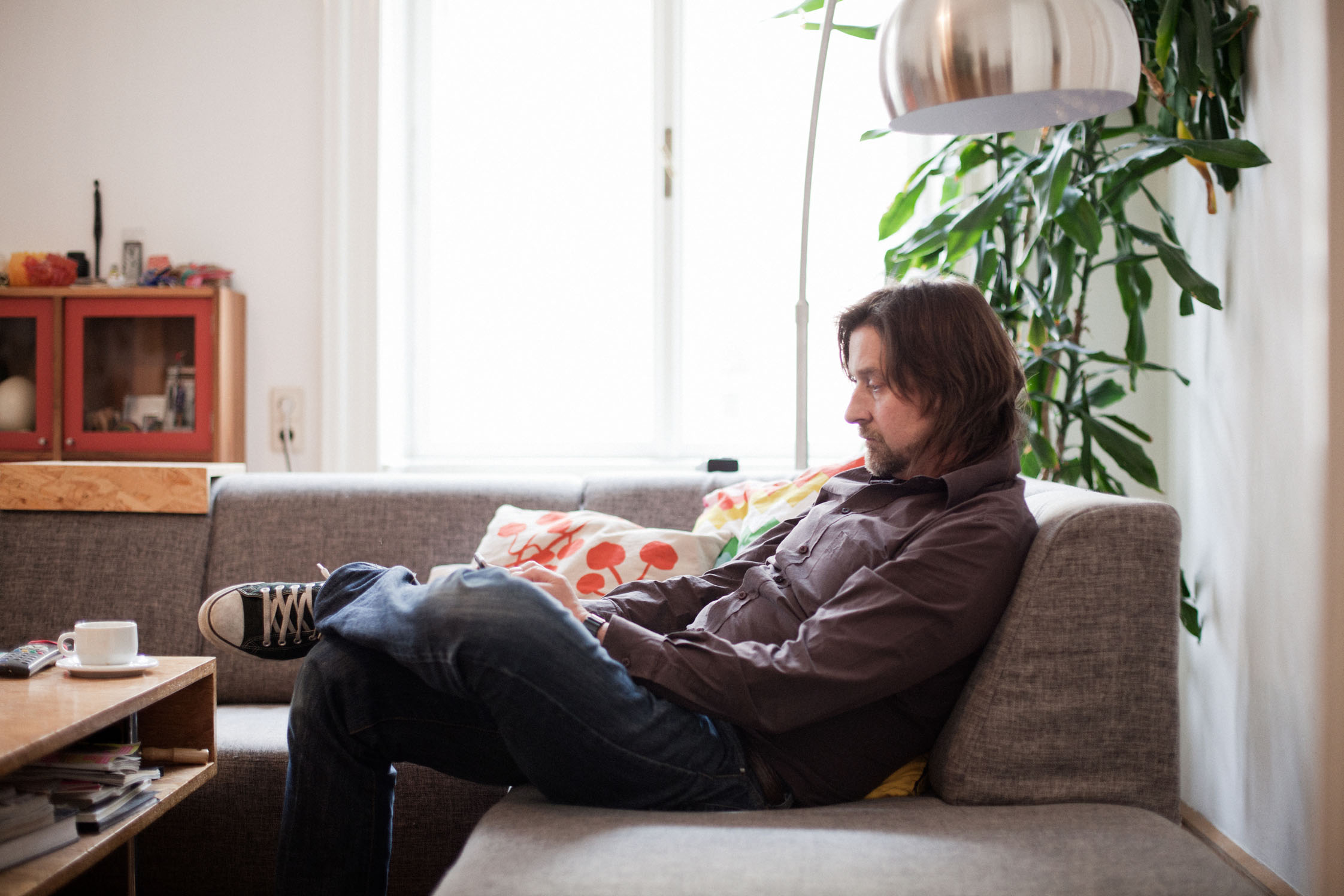
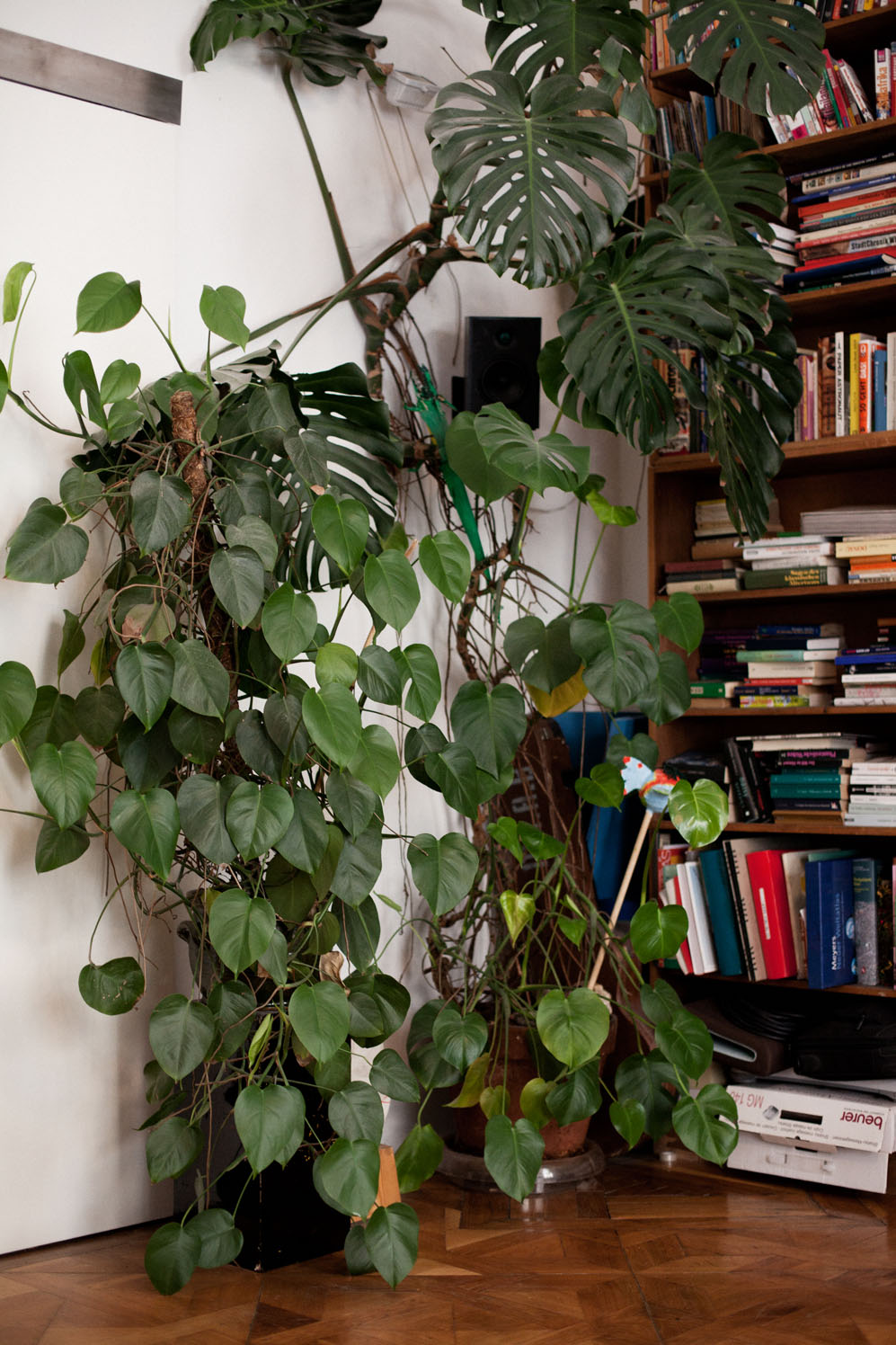
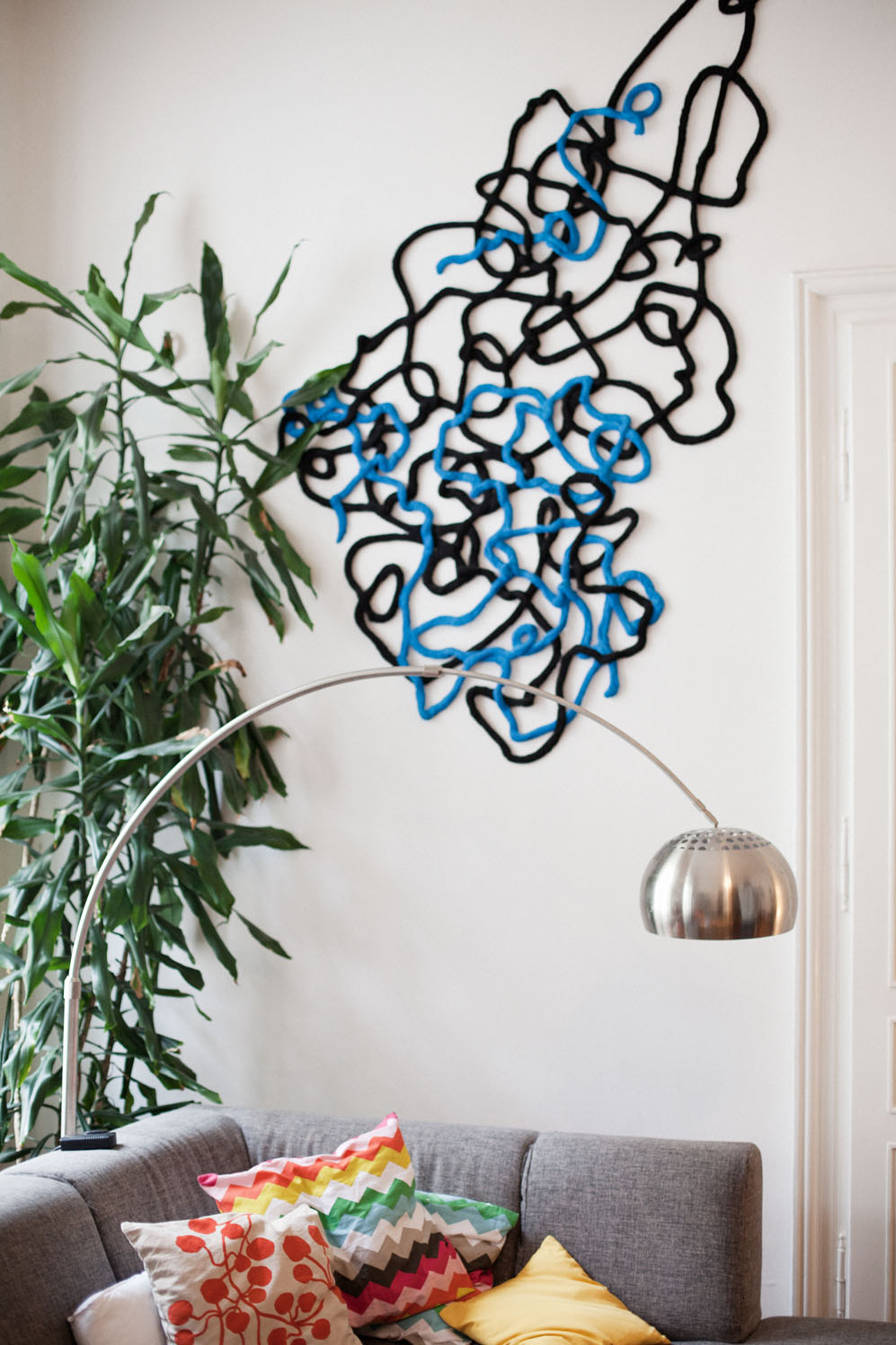
Your father is a famous Austrian architect – but you went in a different direction. How did that happen?
My father’s atelier was naturally very present, but I preferred doing my own thing. I learned the craft of joinery auto-didactically. During my civil service I educated socially disadvantaged individuals and afterwards I even had my own joinery workshop for a few years. However, one day I realized that the pieces at my workshop could be improved and decided to attend the University for Applied Arts and undertake Paolo Piva’s industrial design course. During this time I was the head of design at Tyrolia, where I worked every day between twelve and fourteen hours. As my wife was pregnant and I didn’t want to work exclusively in ski binding, I decided to become self-employed and founded the aws design team. Sport devices and health technology are our main area. We also work together with Otto Bock, who is active within the field of medical engineering.
How did you come to work in the field of medical engineering?
Tyrolia worked together with Otto Bock on a project and my design team was recommended for the job. Since this time I began working for the German parent company and Otto Bock’s Swedish affiliated company.
What was it like to design ski binding?
In the beginning it was an absolute horror, because I didn’t know how to do it. I had to work hard and find out how to master such small details. The depiction and design were especially difficult. But eventually one gets the knack of drawings and proportions and is able to build models. This part of the process is quite sculptural and we worked a lot of with faces. Cats, foxes, or bulls served as inspiration. It is a lot like my automotive design where one often works with expression. It is especially amazing when you are on the skiing slope and feel quite proud about the fact that many people are skiing down the mountain with the ski binding you designed.
What is something you enjoyed designing the most?
The Mada guitar, was an absolute affair of the heart. I specifically went to Los Angeles to learn guitar making. My first guitar became the topic of my thesis: ‘Acoustic Guitars out of Hemp Cellulose.’ From this experience I decided that there must be something better as a material to glue materials back to together. For this investigation I collaborated with the company ‘Neubauer Guitars,’ and looked at molding, which was the catalyst for making an acoustic guitar. We presented this project to the Vienna Business Agency and fortunately the project was supported by them.
In what way did the Vienna Business Agency support you?
Without them it wouldn’t have been possible. Development work together with a small craft business is quite impossible. No one else would pay for this extra design process, but the agency supported it, which is amazing. As there was also promotional marketing as part of the project, we generated a lot of attention and even Willie Nelson played with the guitar at Times Square. There was nothing more beautiful!
It sounds like music plays a huge role in your life.
Yes, at the age of thirteen I started writing grunge music with my friend Florian Prix, as well as the blues. Sometimes we even played Kurdish folk music. Today we can be found under the name Goatmen. Just recently we helped a friend, who is a electronic musician and composer, to go on tour. Alongside him, we played under the name mind.in.a.box at festivals in Canada, Norway, Sweden, and Russia. It was quite exciting.
Music instruments, medical and sports engineering is quite the combination. What is the connection between these things?
They are not so removed from each other. All these products stem from the same field, they are all technical devices built around the body. Ironically enough we only just arrived at this very conclusion ourselves. Especially within the field of sport and medical engineering one can find many similarities. There are very few differences between supporting a body part with something, compared to designing something that protects the body from high contact sports for example. Instruments are an extension of that, something that is attached to the body.
How important is the color of your products?
Extremely important, but it is difficult to decide on a color. This is especially hard when one designs a product for many people. It can change from day to day and one’s personal taste often differs from the taste of the target audience. It is always trial and error. The manufacturer often offers a product in many colors. I personally like the colors green, yellow and chrome. But non-colors often sell the best.
Is there a particular product designer that has influenced you?
One is always influenced by many designers and there are certainly many that I really appreciate. But there is not one in particular that I admire.
Are there any other projects besides your favorite Mada guitar that you also feel proud of?
That is difficult to answer. But it was most likely my first ski binding as during that period I was learning everything on the job. Within the field of medical engineering it would have to be the Dorso-Arexa-Orthesis, which won the German design prize in 2010. For every category there is a theme that is very important to me.
How important are these prizes? Have they actually helped your company?
Now that I have won a lot, I don’t consider them so important anymore. When I had no prizes, they really mattered to me. I think they have certainly helped me in some ways, but substantially nothing has changed. I have received more projects as a result that have made the work more exciting, and moved into new realms that otherwise wouldn’t have been accessible. Like tableware projects for example.
Is Vienna a good location for your work?
Work-wise it is not always the best place as Austria has a very small product industry and is much more of a supplying country. But within the field of sport devices, there is no other place in Austria that has as many manufactures for winter sport equipment. In that sense Vienna is quite a good place for me. Personally it is also important for me to be here. I feel very good here. Not only because it is my hometown but also because I know many other cities and there are none I would prefer living and working in more than here.
Why?
I really like that this region is enclosed by the Donau and one can easily get around on bike. I am only annoyed by my neighborhood, the second district, because it is becoming a little too posh. It is a bit exhausting, but of course one contributes if one rants about bobos and is actually one himself.
What are your favorite places in Vienna?
My favorite place is where I am right now: Karmeliterviertel. The Donau and the Donau Canal are very important to me, because one is able to go over the bridge and experience such a beautiful view. I also like to go swimming in the old Donau. My favourite restaurant is right around the corner from my apartment, called ‘Gasthaus zum Sieg.’ But in contrast to the association of the name, it is not related to nazism. There is always only one dish, as well as a heavenly gulasch. When I have visitors in town I like to take them to this very traditional Viennese restaurant.
Is there anything you would like to do in the future?
That is quite difficult, as I have tried out or am doing everything I ever wanted to do: carpentry, building instruments, making music, and creating new designs. There is really nothing left.
Adam, thank you very much for showing us around your atelier and apartment. If you are interested in finding out more about Adam’s products and designs visit his website here.
This portrait was produced in collaboration with the Vienna Business Agency and its creative center departure. You’ll find more portraits and reports from Vienna’s creative scene here.
Photography: Martin Stöbich
Interview & Text: Nathalie Halgand
Translation: Lara Konrad
